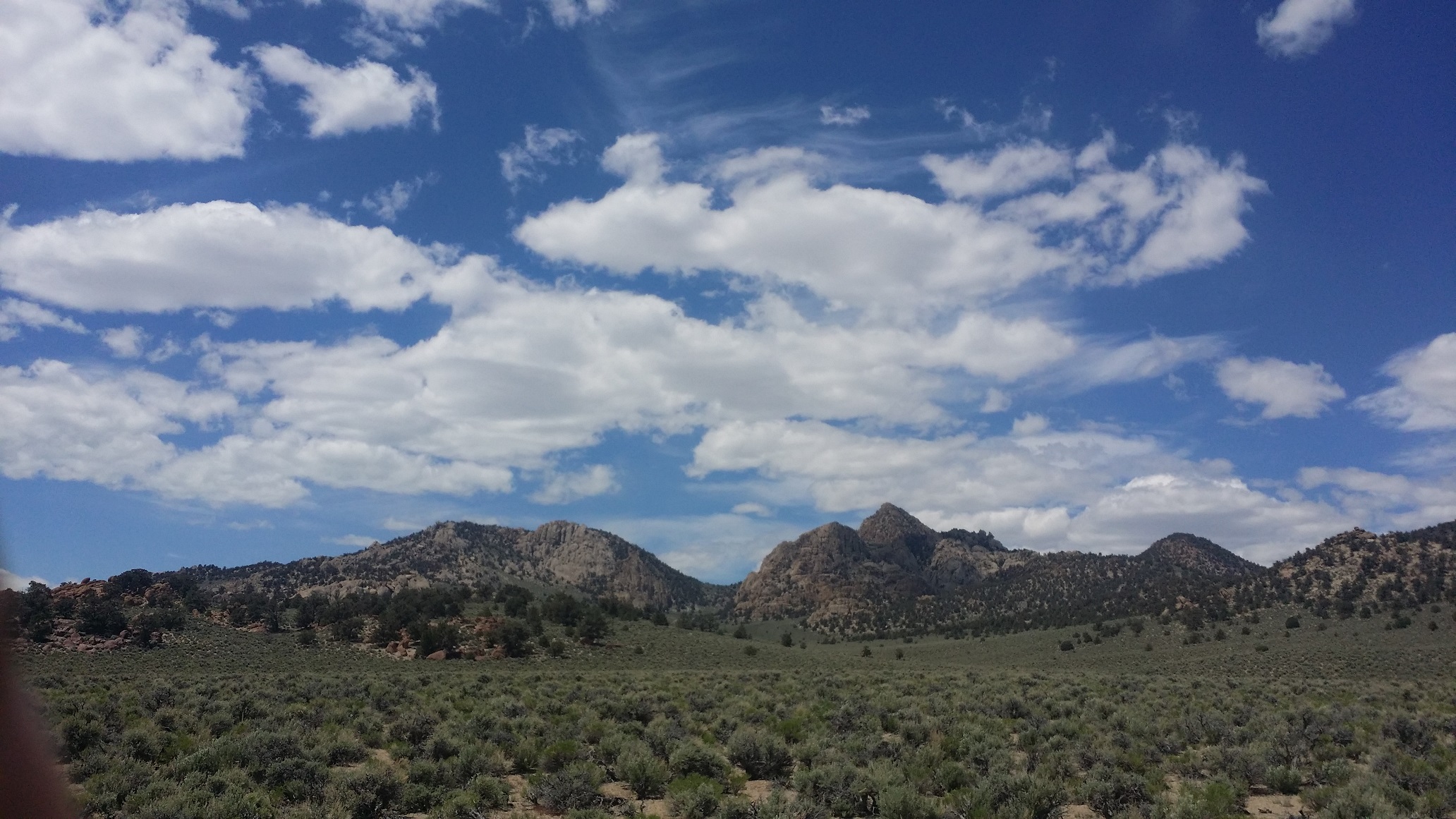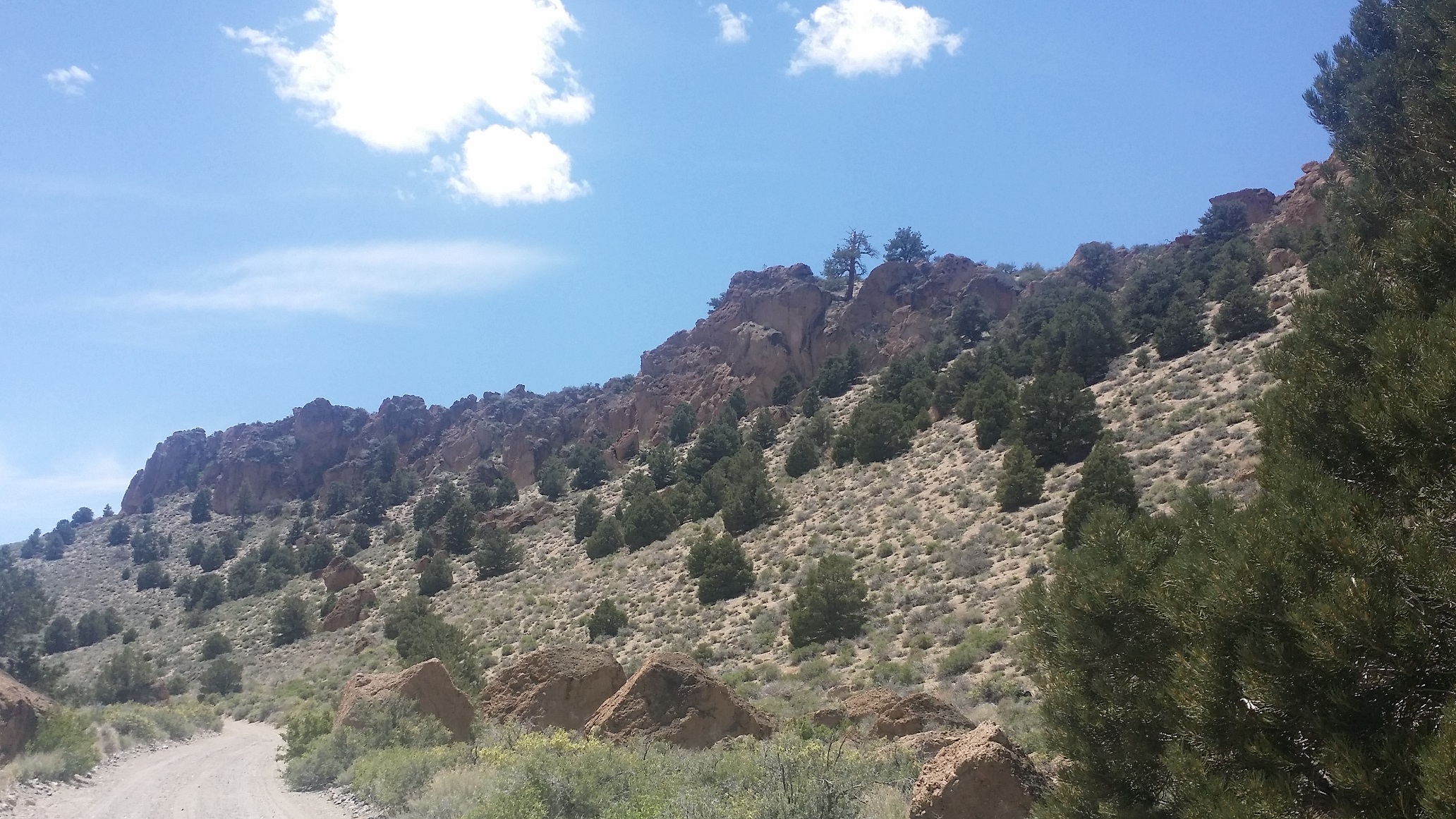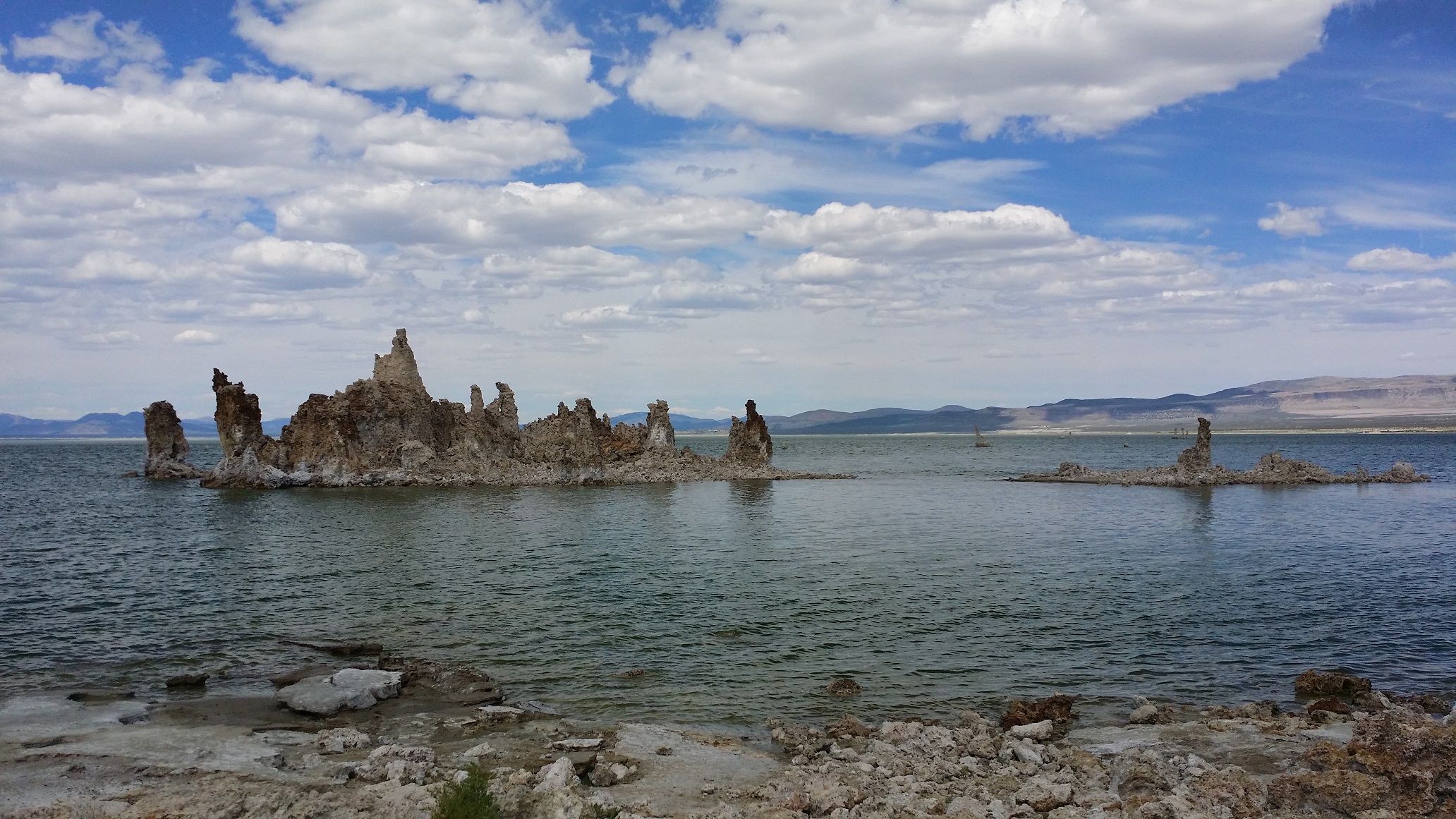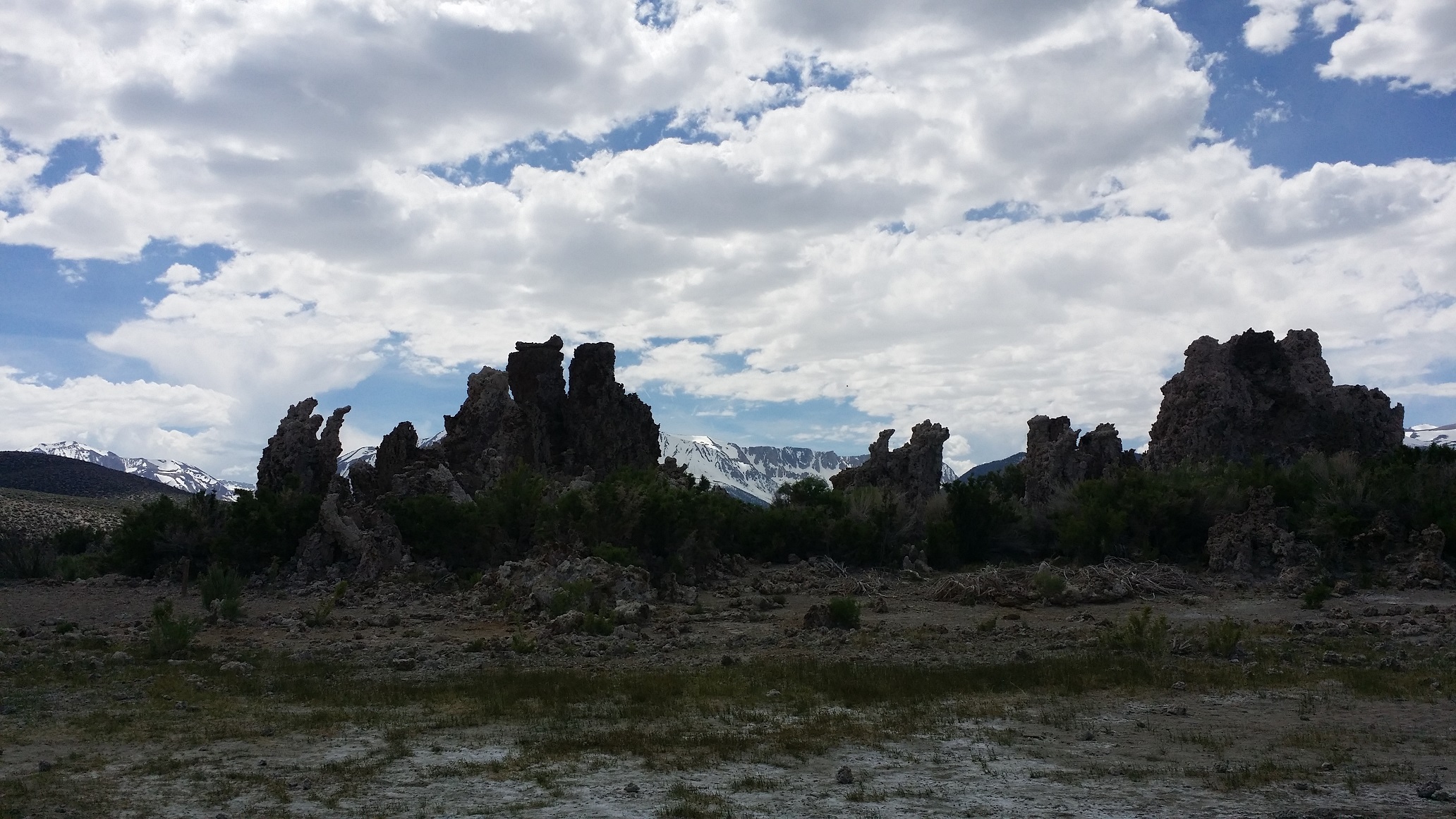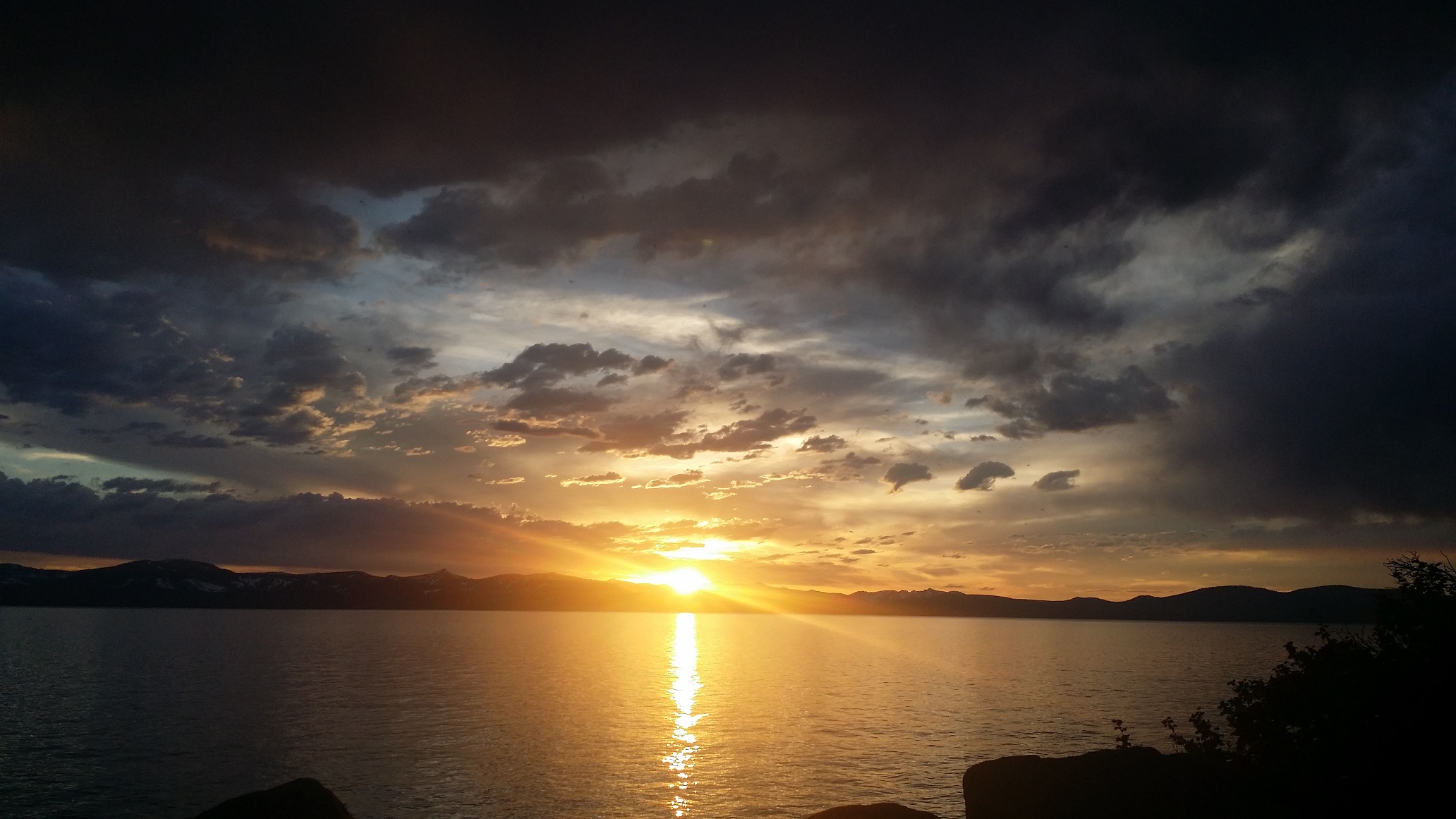

I wanted to leave for my Memorial Day road trip at about 1 PM, but I was busy accidentally sending the wrong emails to a bunch of customers by mistake. I found out on Tuesday that only 14 people were affected, but I spent the weekend thinking that more than 300 customers had gotten the same email up to 300 times. Yikes! Fortunately I'm pretty good at not worrying about things that can't be fixed, so I enjoyed the weekend anyway. I gave a friend a lift to San Jose, which provided an excuse for me to drive on California State Route 130 — Mount Hamilton Road. It has beautiful scenery, almost no traffic, and the extreme winding curves up and down the mountain are a tonic to my northern New Mexico heritage.
After enjoying some tea and Gujarati snacks with my friend and her San Jose friends, it was off to the south. I had meant to reconnoiter Pinnacles National Park, but all I found out was that at 11 PM on a moonless night it is very dark there. My photos didn't come out very well either--not dark enough. But the side-trip was worth it--the road past the park is highway 25, and for the 60 miles I was on it I saw about three cars -- beats heck of of I-5 through the Central Valley! Eventually I made it to Los Padres National Forest. After car-camping for the night I woke to a pleasant view.
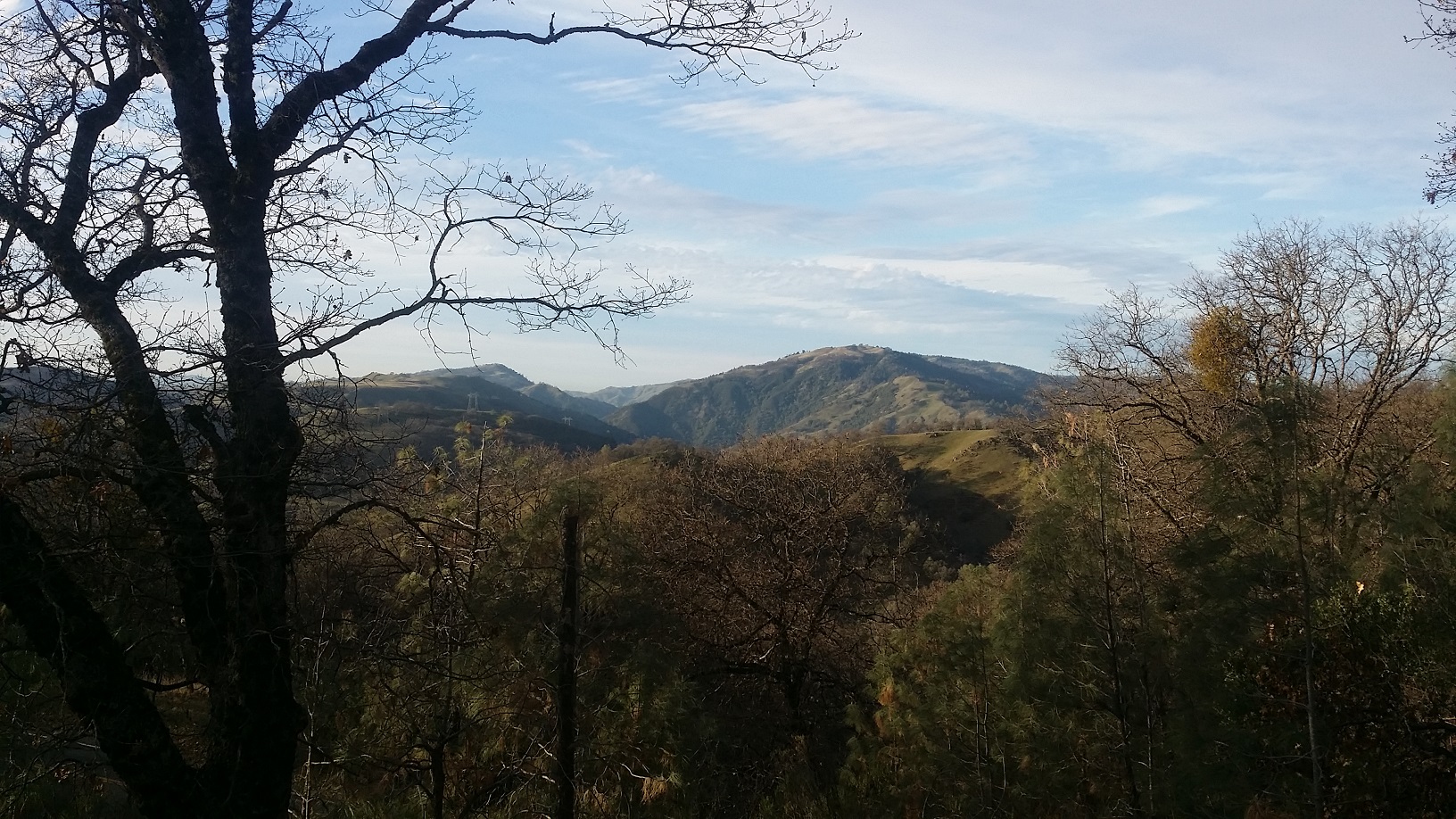
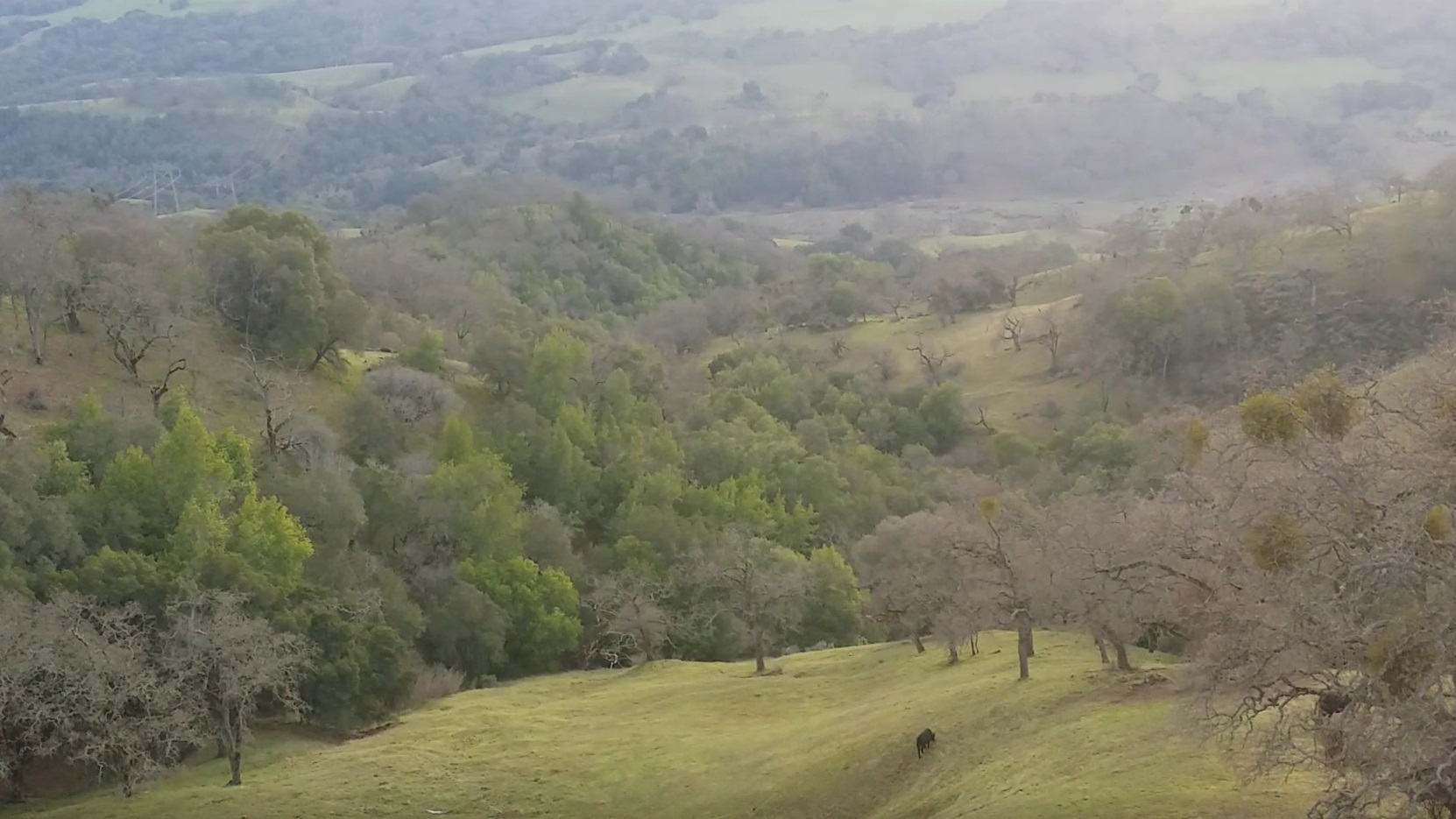
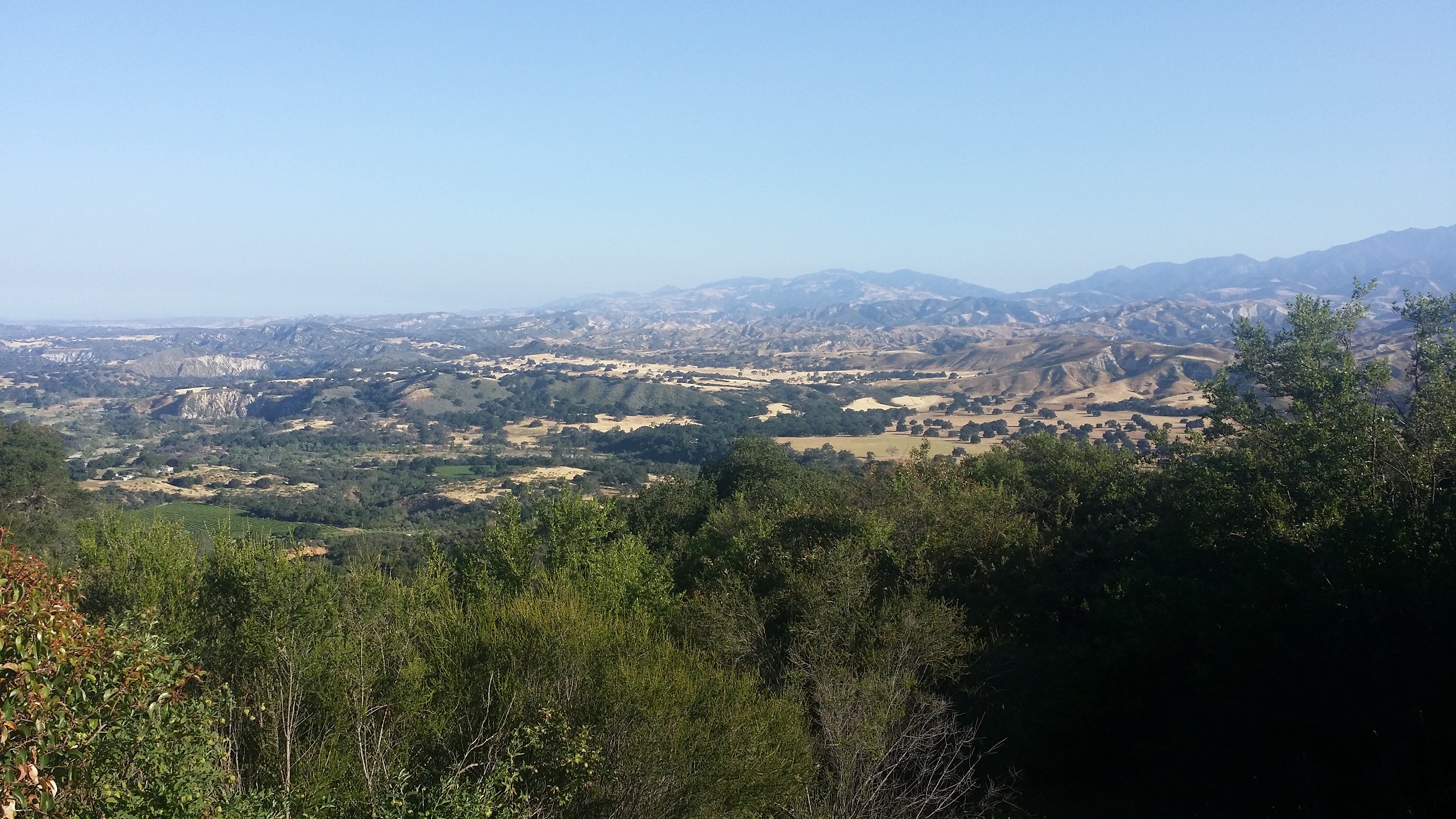
On Saturday I had a late lunch date with Los Angeles friends, so I made myself wake up early so I could visit the Huntingdon Library and Botanical Gardens near Pasadena. That place is a world treasure! I only had time for one of the fifteen gardens — the Desert Garden, but it was just AMAZING! Not only did it have a tremendous variety of cacti and other desert plants, but each individual specimen was a champion of its type. On Saturdays the cactus conservatory is open, so I even got to see a bunch of weird, little cacti. Two things I have never seen: 1. The Kew Garden in London 2. A botanical garden anywhere near as cool as this one. My photos don't do it justice.
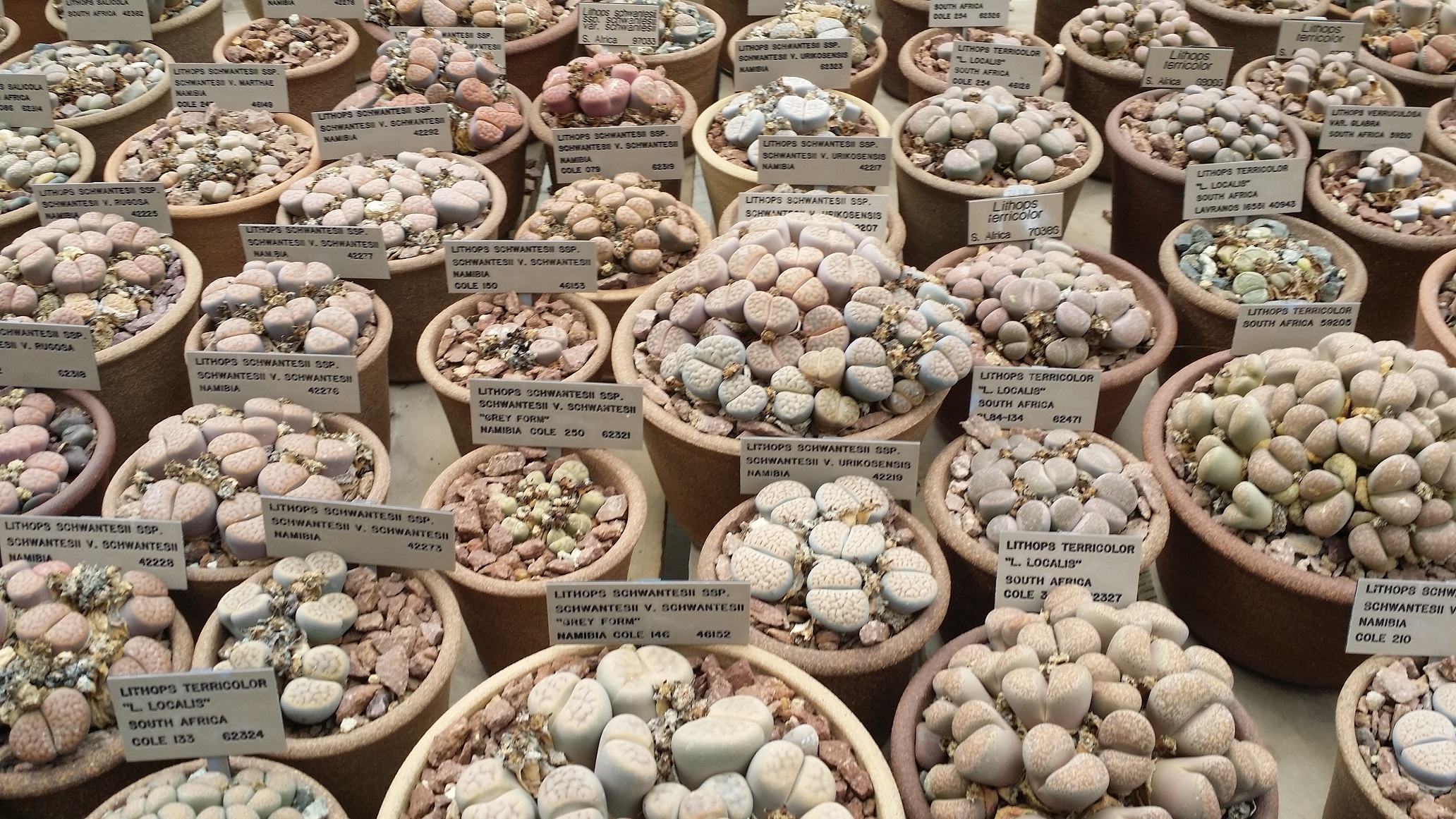
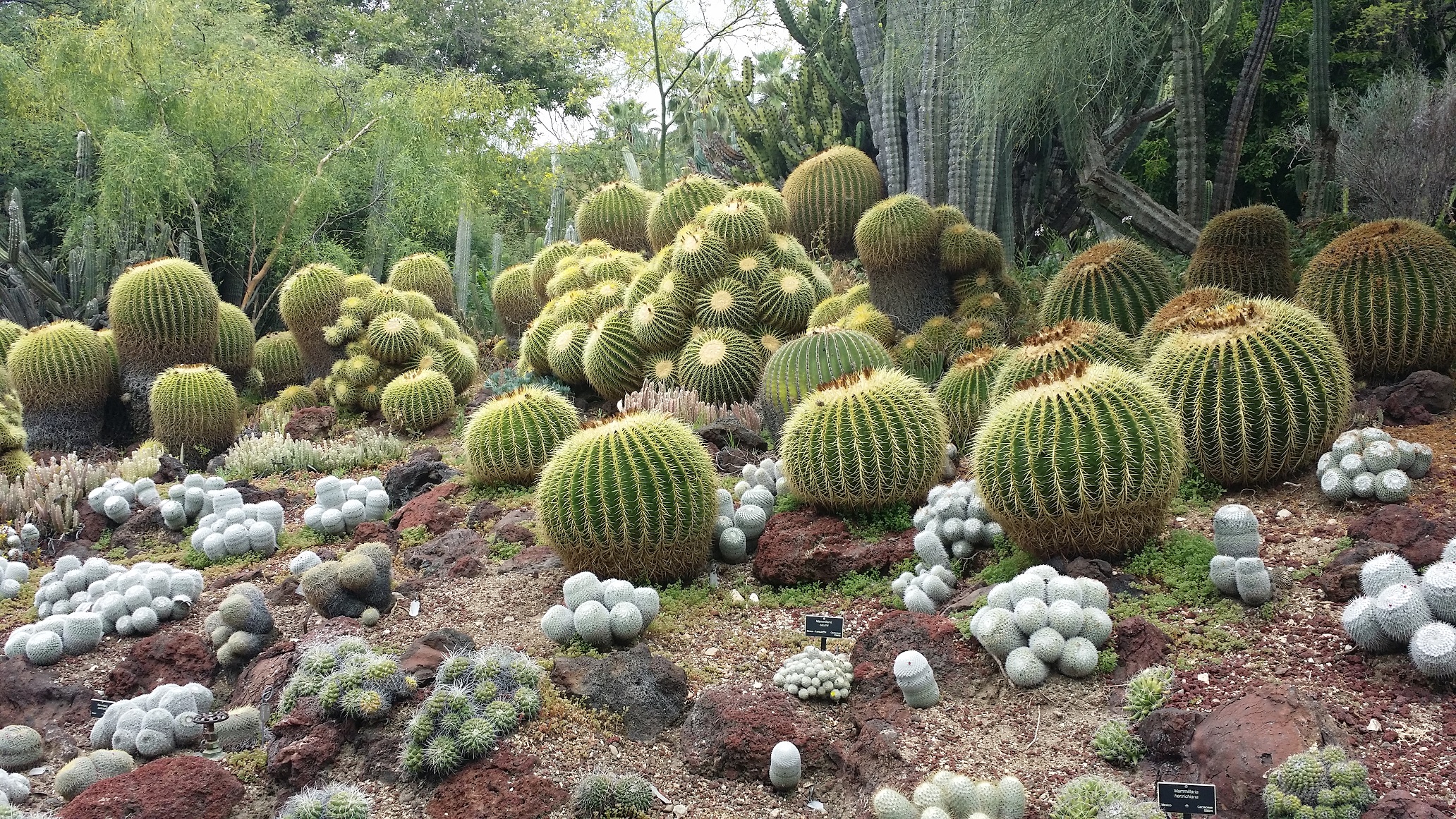

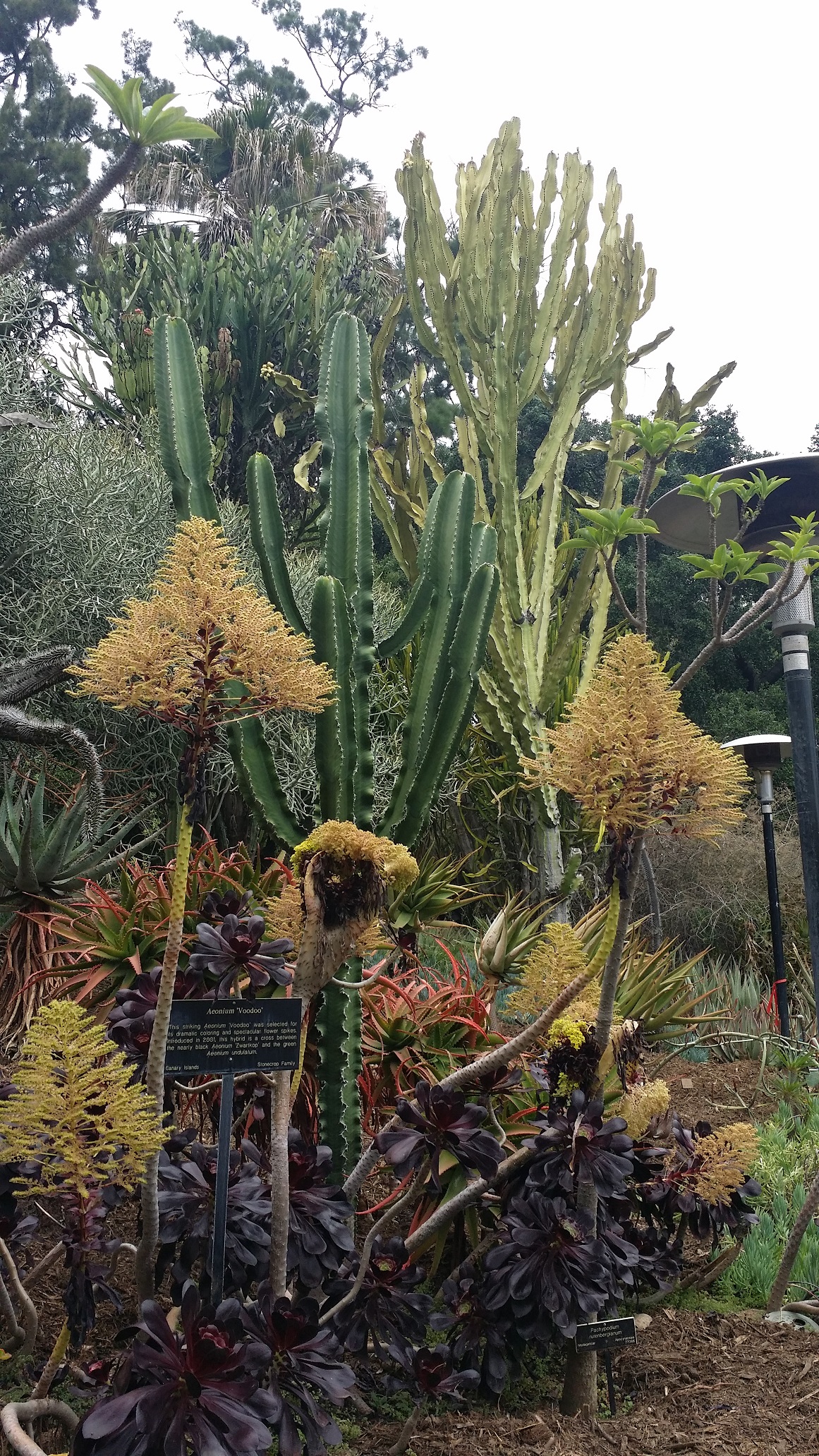
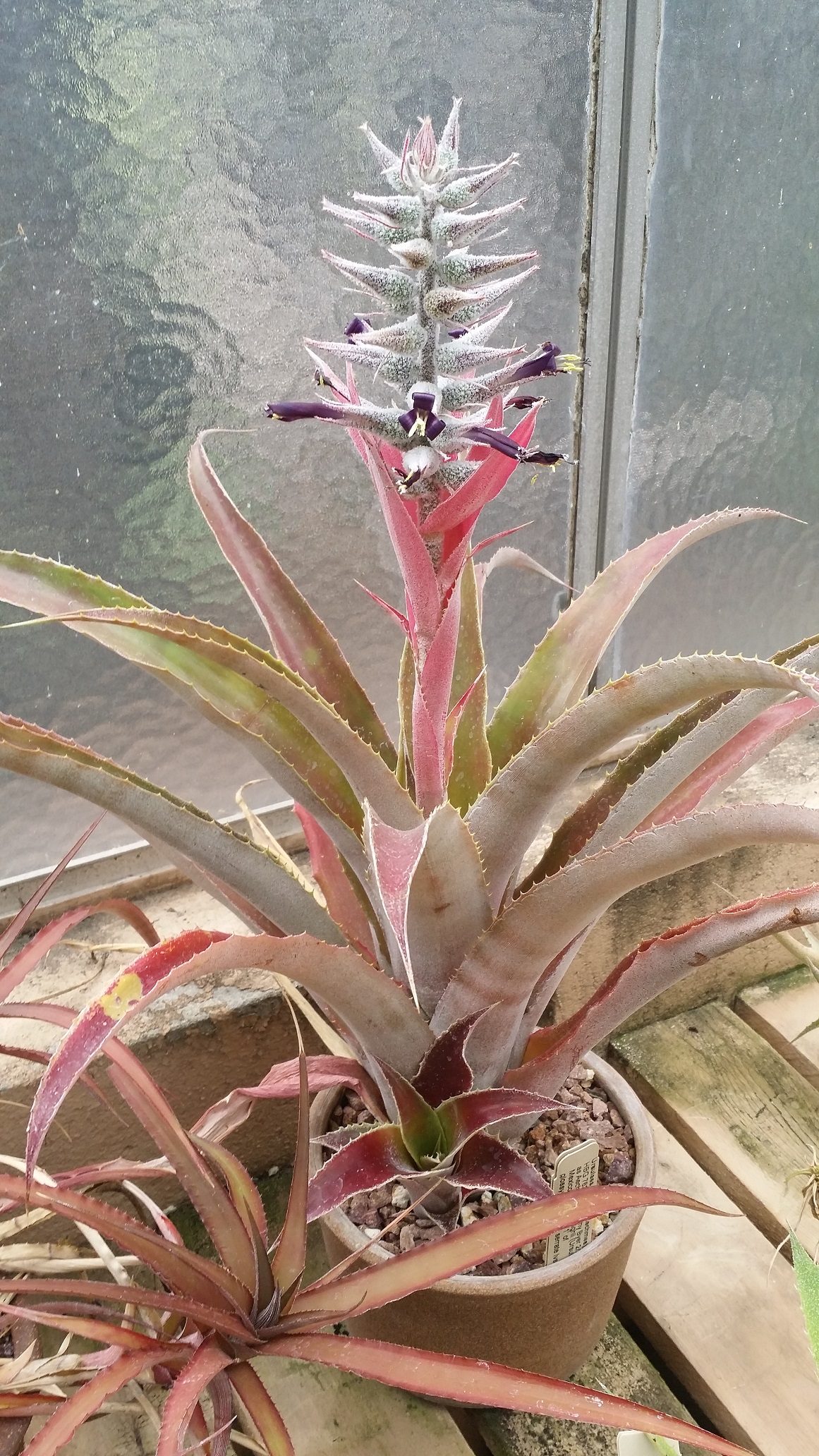
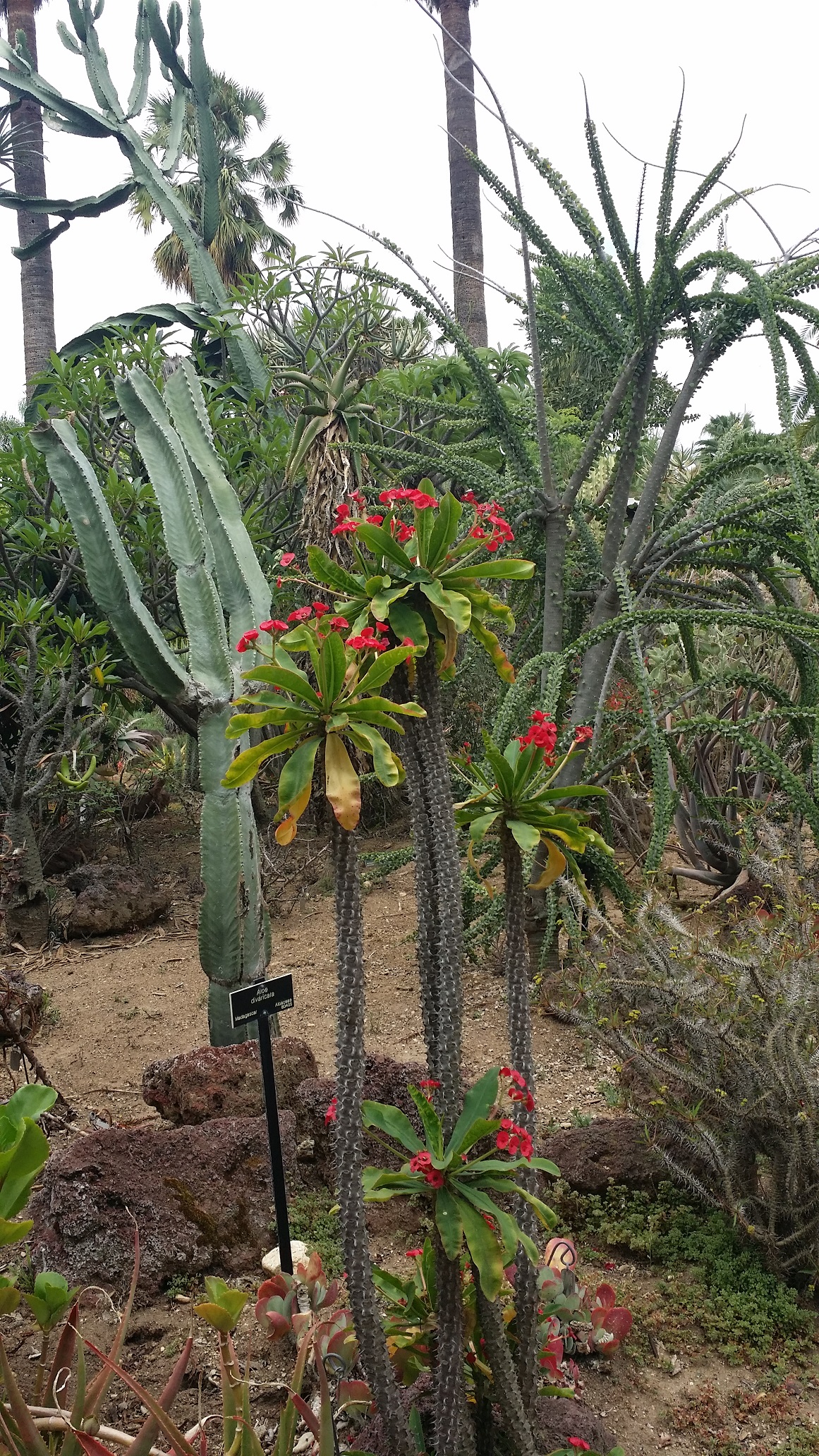
For a St. John's College alum, the Huntingdon Library is a magical place. Their chief highlight is a very fine Gutenberg Bible. A very fine Gutenberg Bible and a Shakespeare First Folio. Their two chief highlights are a very fine Gutenberg Bible and a Shakespeare First Folio. And the Ellesmere Manuscript of the Canterbury Tales. Their three chief....amongst their highlights are a very fine Gutenberg Bible, a Shakespeare First Folio, and the Ellesmere Manuscript of the Canterbury Tales.
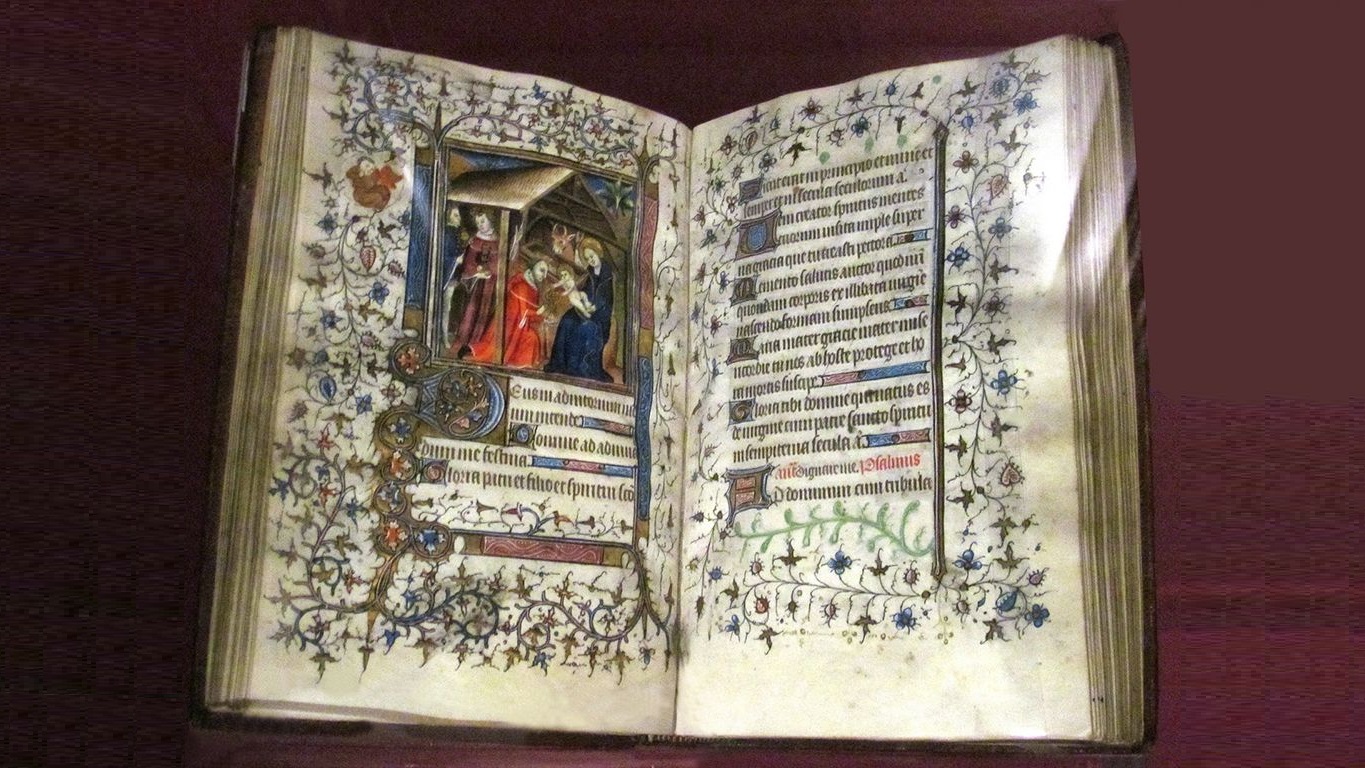
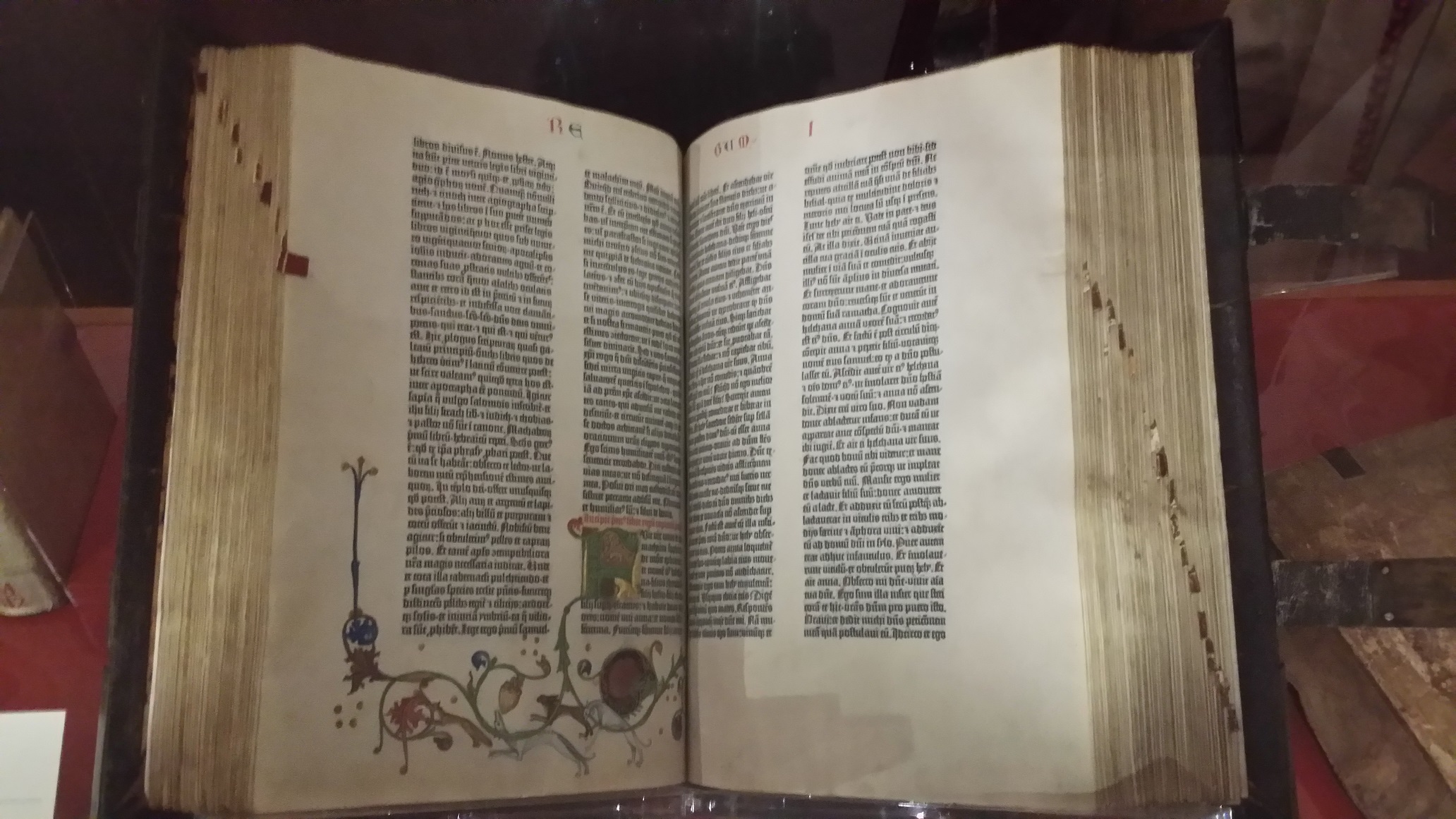
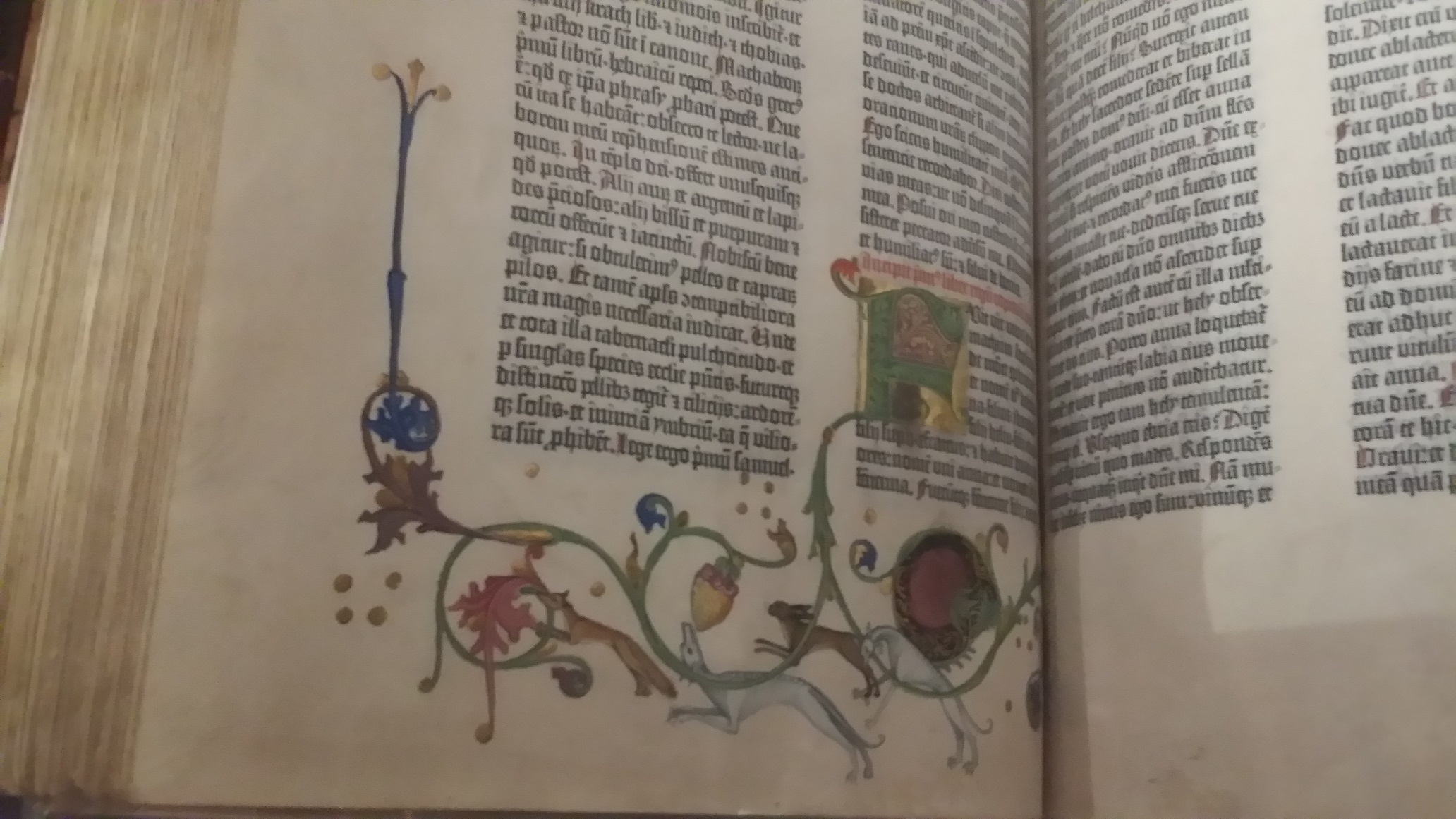
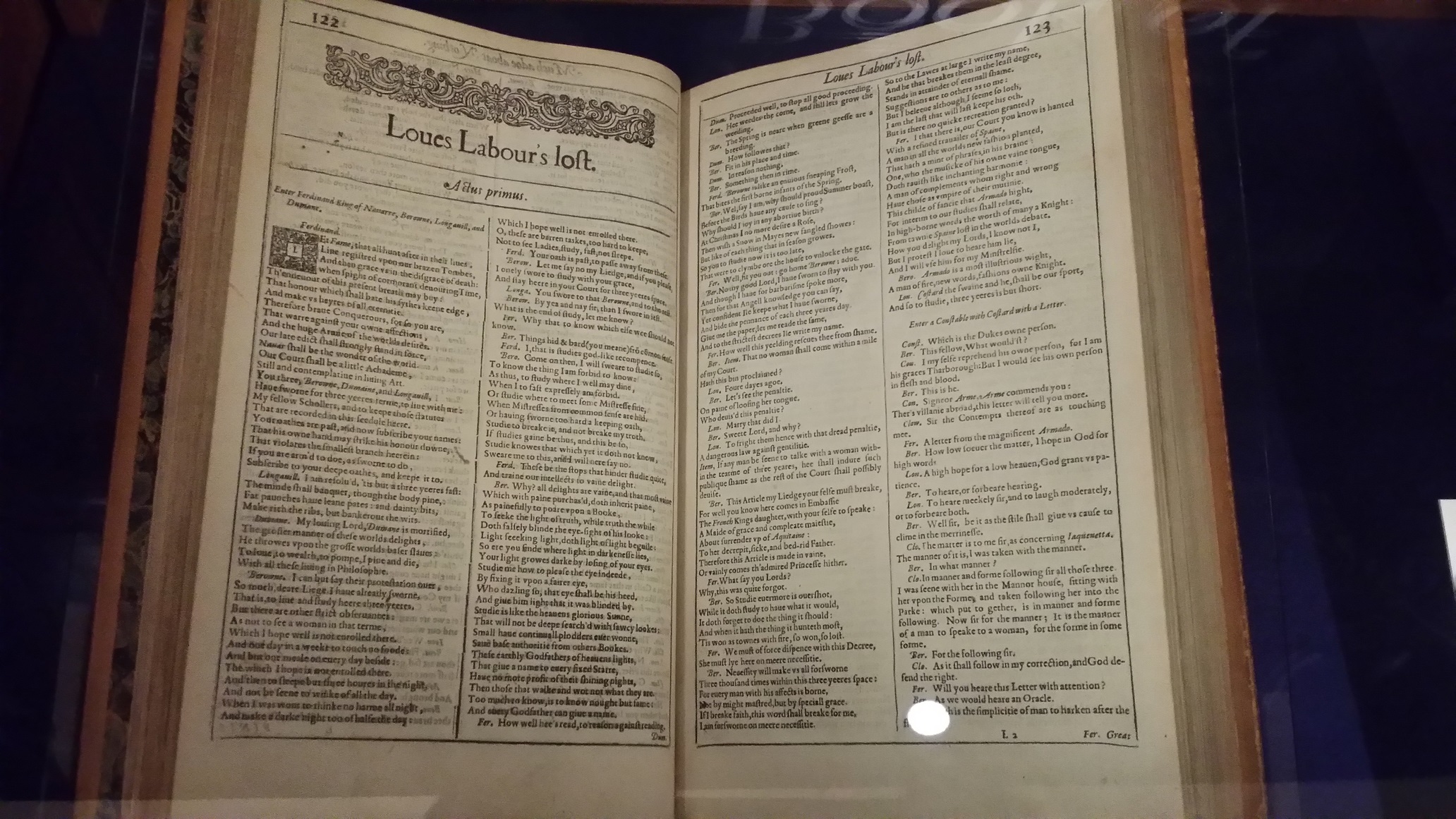
All that was pretty cool in a first room that also had a huge The Birds of America by James Audubon, an early copy of the Declaration of Independence, cool old manuscript maps, and a letter from Susan B. Anthony to Elizabeth Cady Stanton. But there was more — much more! After an interesting (but not all that photogenic) exhibit on Octavia Butler, I went into Dibner Hall of the History of Science. A history-of-science geek paradise! A second edition of Copernicus; a first edition of Kepler's Astronomia nova — the book where, after years of trying to prove that the planetary orbits weren't ellipses, Kepler finally gave up and announced that the planetary orbits were ellipses; first editions of the books that got Galileo in trouble with the Catholic Church; the first drawings of Saturn's rings by Christiaan Huygens; some of the earliest photographs of other galaxies taken by Edwin Hubble (who had a pretty good telescope). And the pièce de résistance — they didn't just have a first-edition of Newton's Principia Mathematica (the book where he introduced calculus, worked out the theory of Universal Gravitation, and gave us the Laws of Motion that are the basis of Classical Physics), they had Newton's own personal copy! Complete with the handwritten notes Edmond Halley made in it after Newton gave it to him. Inconceivable!
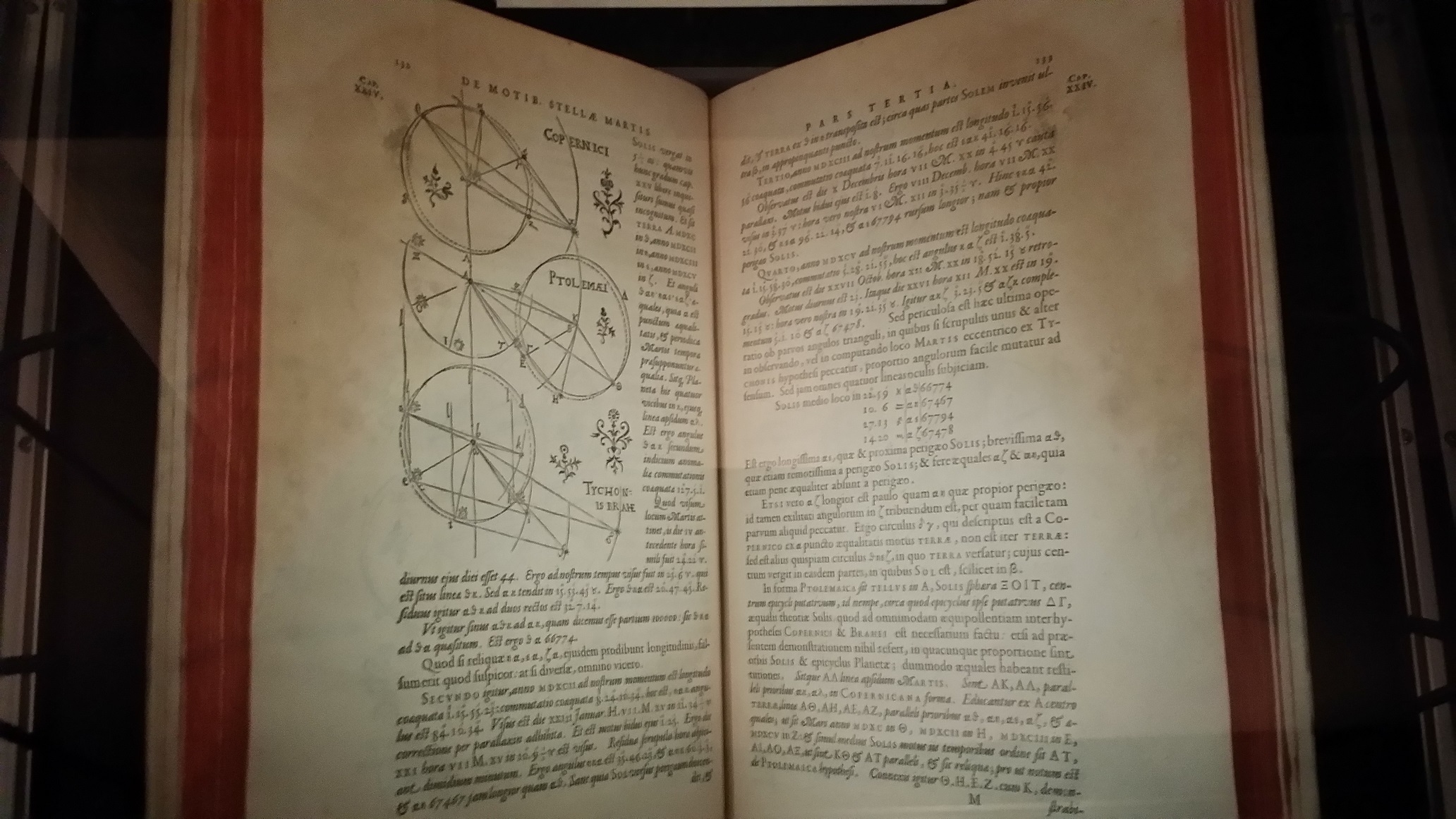
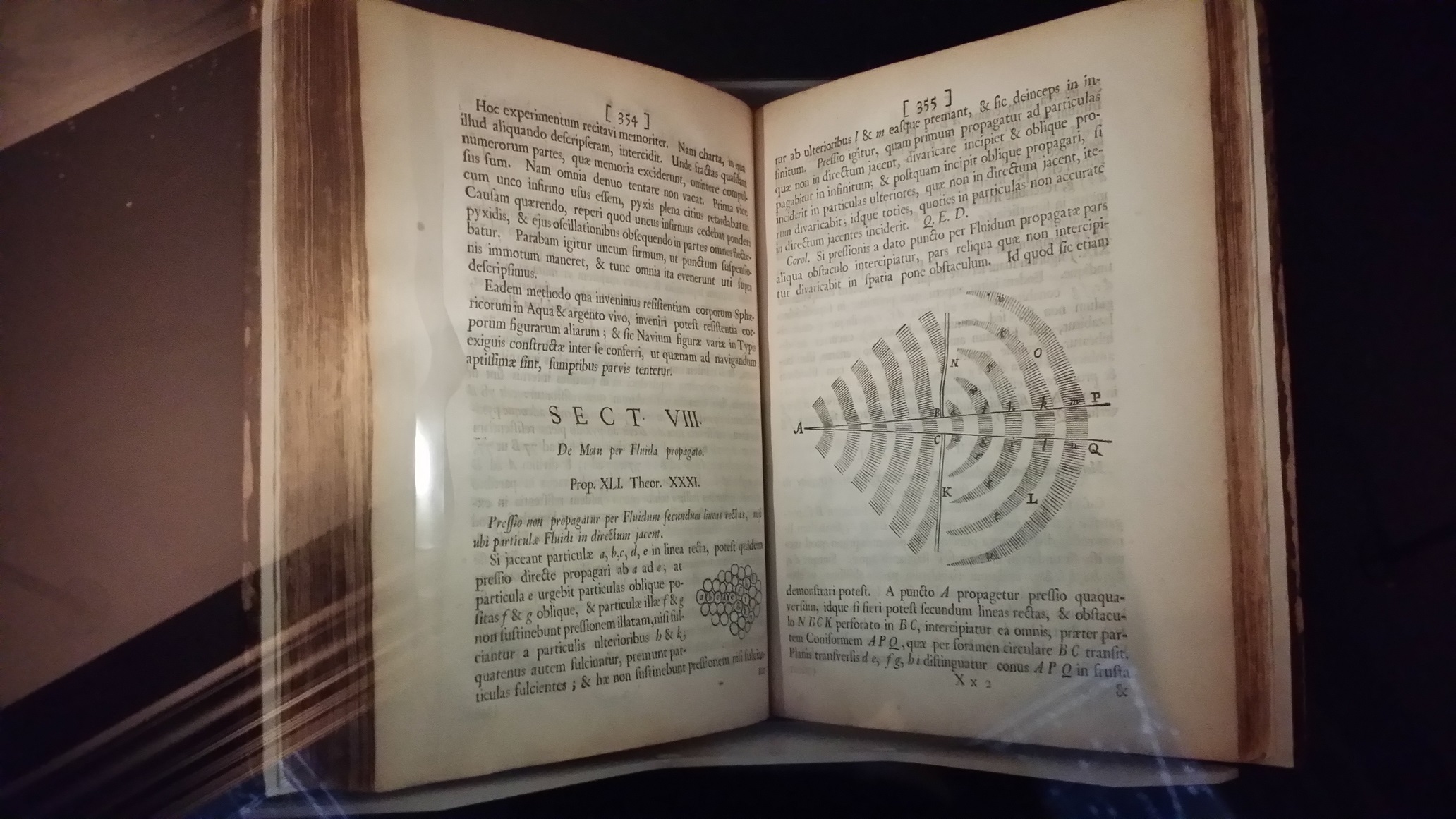
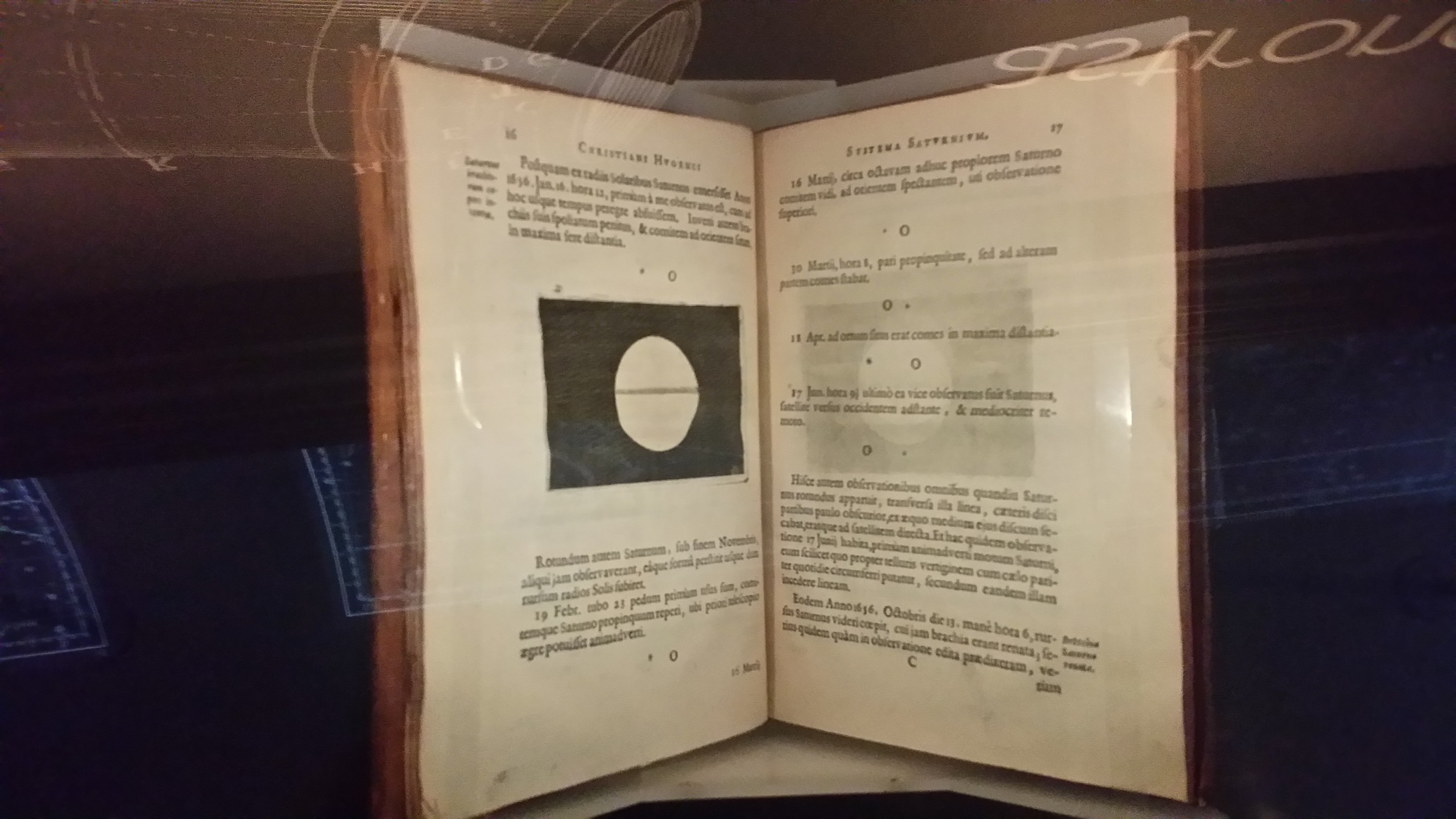
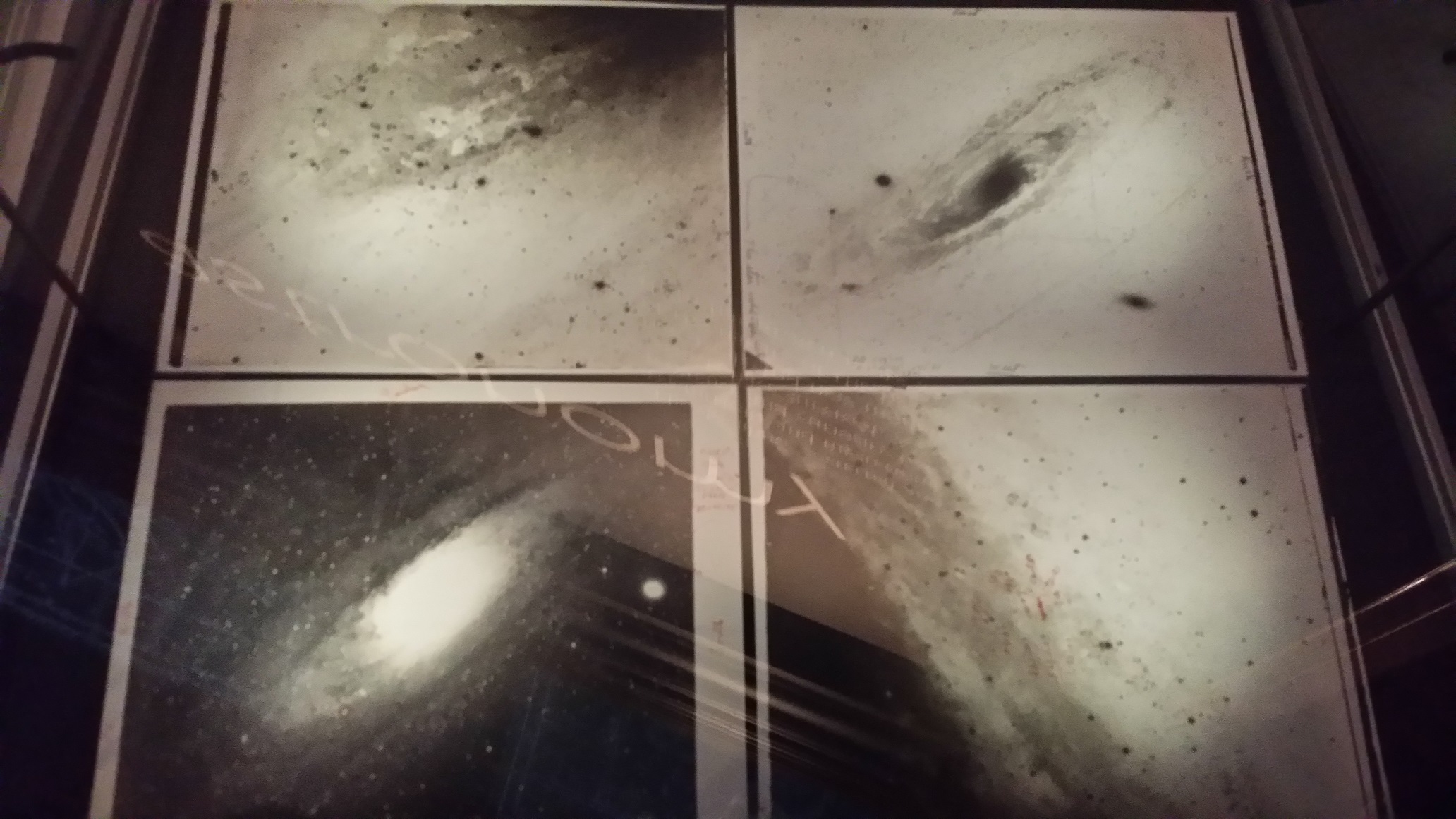
The next room of the exhibit couldn't match that. Oh, except for first editions of The Origin of Species by Charles Darwin accompanied by the Journal of the Proceedings of the Linnean Society in which Darwin and Alfred Russel Wallace first published their papers on The Tendency of Species to form Varieties; and on the Perpetuation of Varieties and Species by Natural Means of Selection. Providing the other half of the story was a first edition of The Proceedings of the Natural History Society of Brünn, wherein Gregor Mendel described the experiments of plant hybridization that showed the laws of genetic inheritance. Add to that first editions of Robert Hooke's Micrographia and Antoni van Leeuwenhoeks' collected works — the foundations of microbiology. Plus Descartes, Lamarck, Cuvier, and William Harvey. The room after contributed first editions of Michael Faraday and James Clerk Maxwell, a second edition of Newton's Opticks, and a first of Benjamin Franklin's Experiments and Observations on Electricity. And these were just the highlights! There was actually much more.
The Huntingdon also has a large art collection. I didn't have much time to see it — and it was mostly 18th and 19th-century portraits anyway (boring!) — but it did have a pretty Madonna and Child by Pintoricchio.
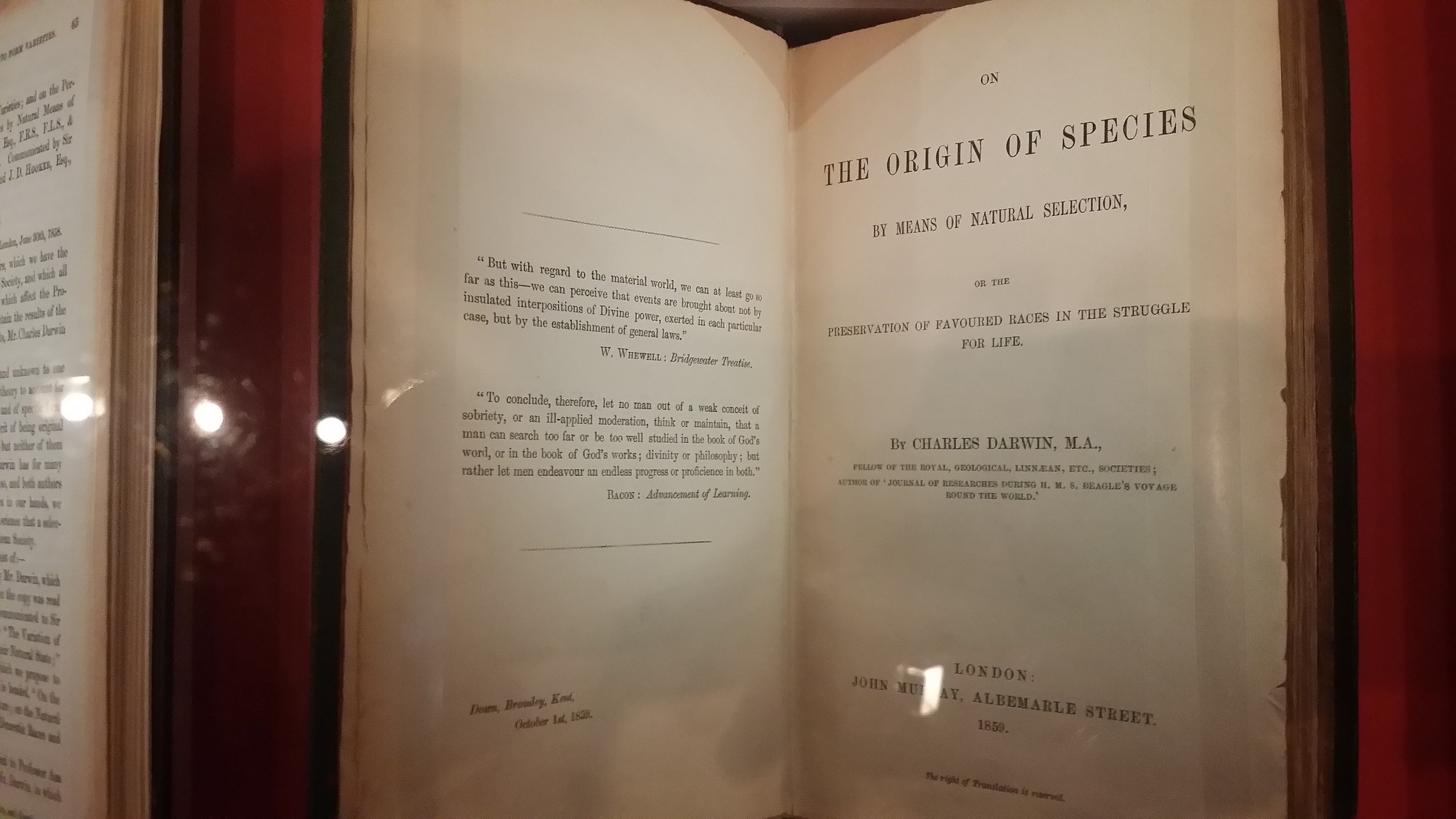
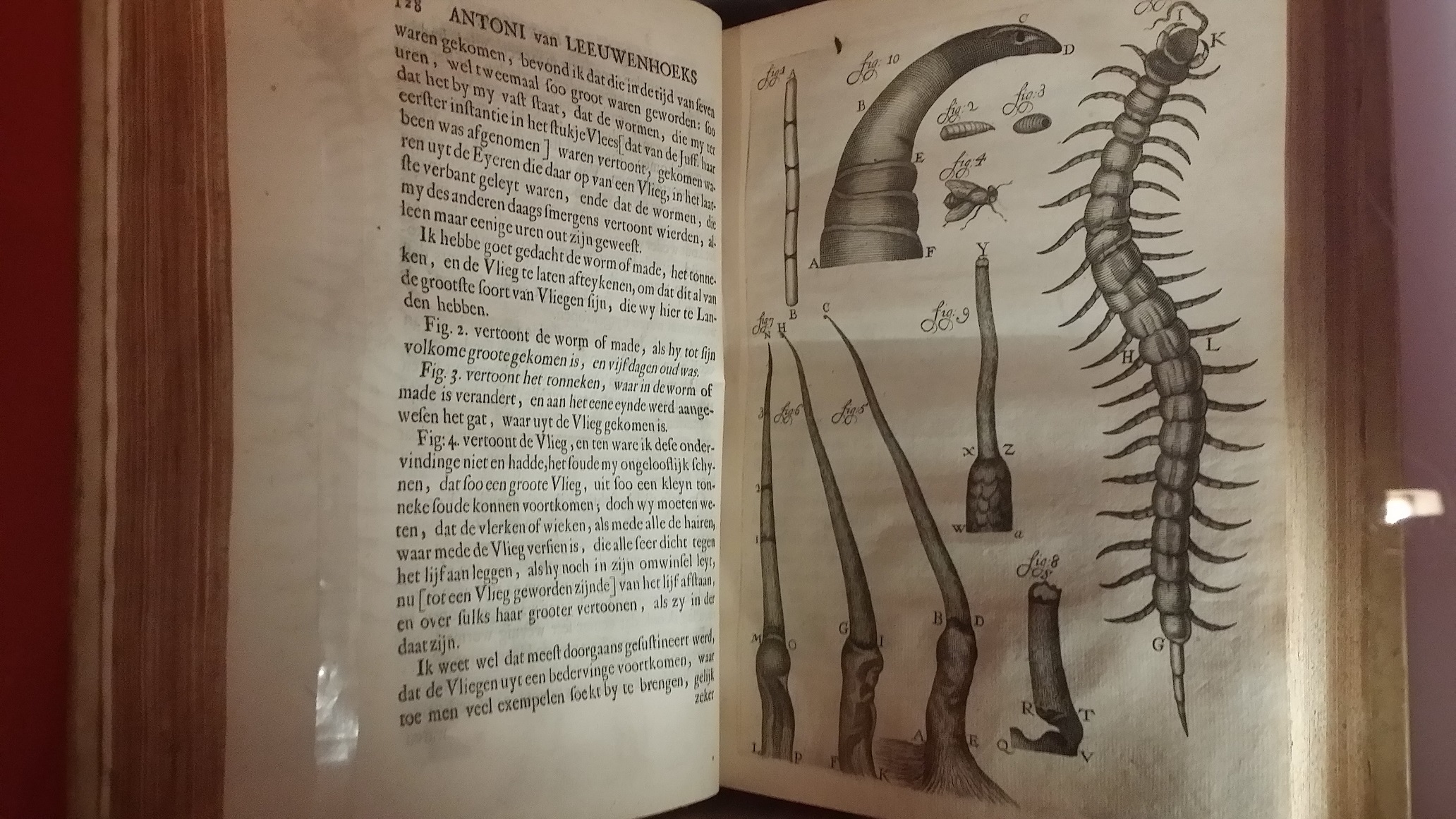
Lunch and dinner with friends were both pretty great, and in between there was a pleasant walk around Old Town Torrance where the jacaranda trees were vividly in bloom.
In the morning Sunday I went to the Natural History Museum of Los Angeles. What a great place! One cool thing about it is that most of the fossils you get to see are real fossils, not just casts. Two specialties of the fossil collection are large dinosaurs and ancient North American mammals. A star of the collection is a series of three Tyrannosaurus Rex fossils showing how big they were at two, fourteen, and seventeen years of age. They reached their full size at about twenty years, and are thought to have had about a thirty-year lifespan. Juvenile fossils of T. rex are very rare, but paleontologists think that the young may have had feathers. There was also a spectacular Stegosaurus. A very knowledgeable docent explained to me that the plates along the Stegosaurus' back were ossified, but they were not really bones. They were a modified skin-structure like the scales on alligators and crocodiles, and they were likely used for diplay during mating. Because of their position the plates were of little use in defense, but Stegosaurus had a big spiky tail for that. I also learned that the neck tendons of the big dinosaurs would also ossify, giving the neck enough support to hold up the dinosaur's head -- see the Allosaurus photo below. A couple of Triceratops fossils were also very impressive.
I paid extra for a ticket to the Extreme Mammals exhibit, and I'm glad I did. Among the fossil wonders in the exhibit were a giant ground-sloth, a Tasmanian Devil, a Uintatherium anceps (which looked like a giant, angry hippopotamus), the shell of a huge Glyptodont (an Armadillo of Unusual Size), a narwhal tusk that had to be at least nine feet long, and several sabre-toothed tigers (Smilodon). Given the proximity of the La Brea Tar Pits, Smilodon are another speciality of the museum. Usually predators are just enough bigger than their prey to be able to kill them. If the prey is too small, too much energy is spent catching them to be worthwhile. Smilodon's long fangs allowed it to take on animals much bigger than it was, by leaping onto their backs and using the fangs to sever the jugular vein.
There were some cool bat and proto-bat fossils, including a 52-million-year-old Onychonycteris finneyi fossil that strongly suggests that bats evolved the ability to fly before they developed the ability to echolocate. It has the chest and limbs of a flyer, but does not have any of the skull structures associated with echolocation. It also has normal-size eyes, which suggests that the earliest bats flew in daylight and that the development of echolocation was part of the transition to night flying. Side note: while the poosible lineages are in doubt, the most popular theory is that the mega-bats descended from one of the four families of micro-bats, and that they lost the ability to echolocate as part of a transition back to day flying. The mega-bat genus Rousettus later developed a different type of echolocation based on tongue-clicking, rather than the larynx contractions that micro-bats use.
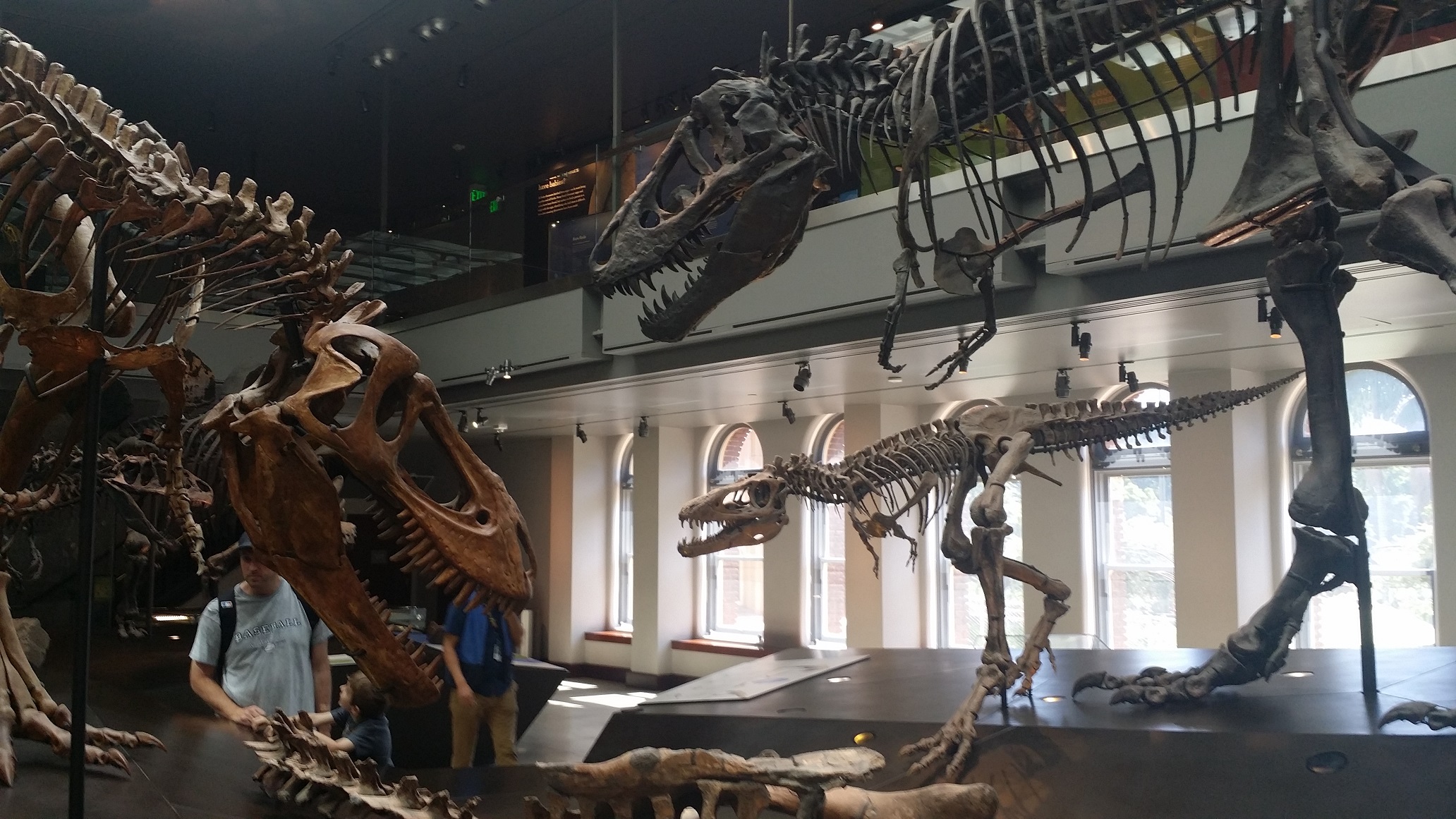
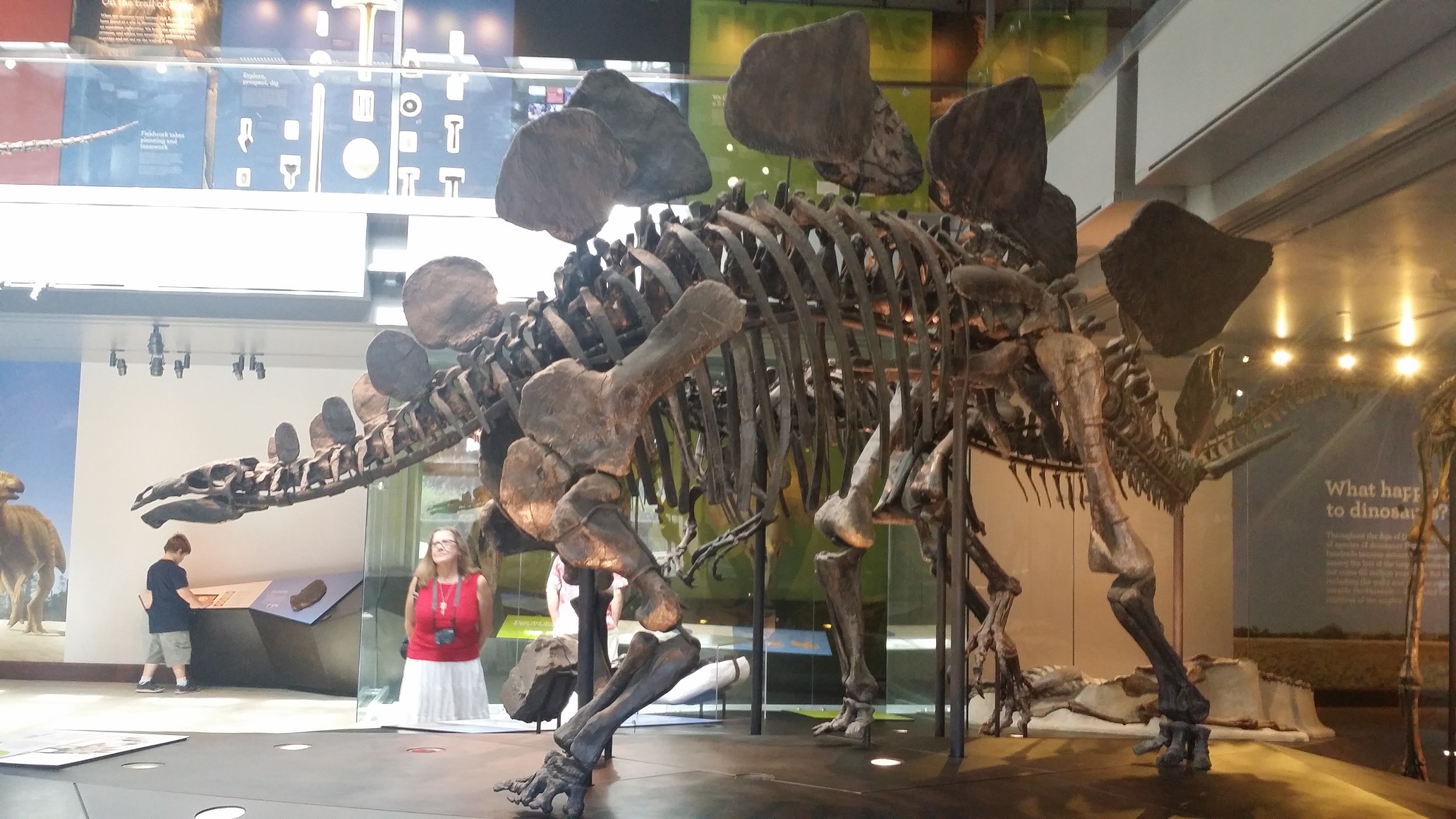
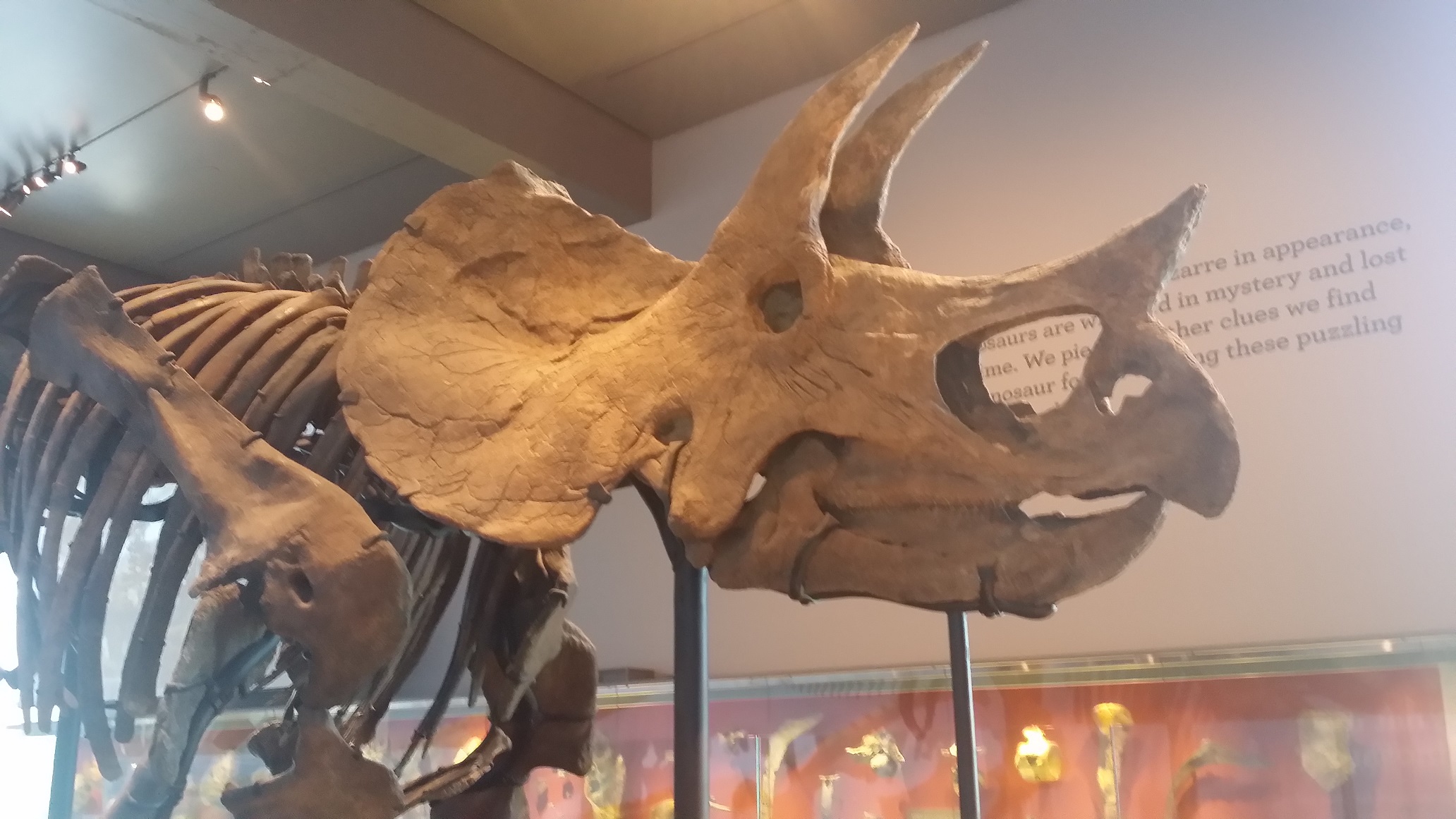
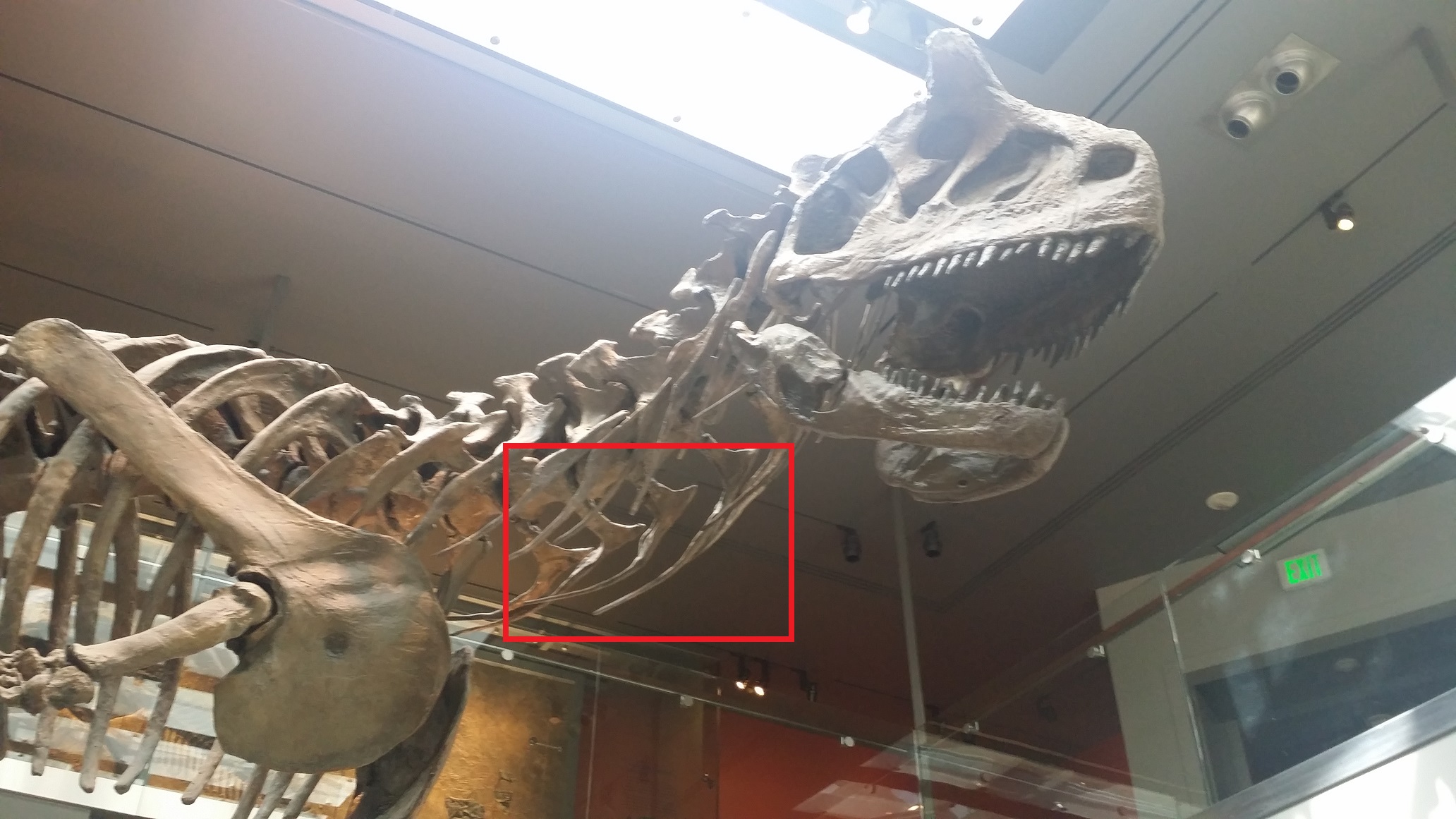
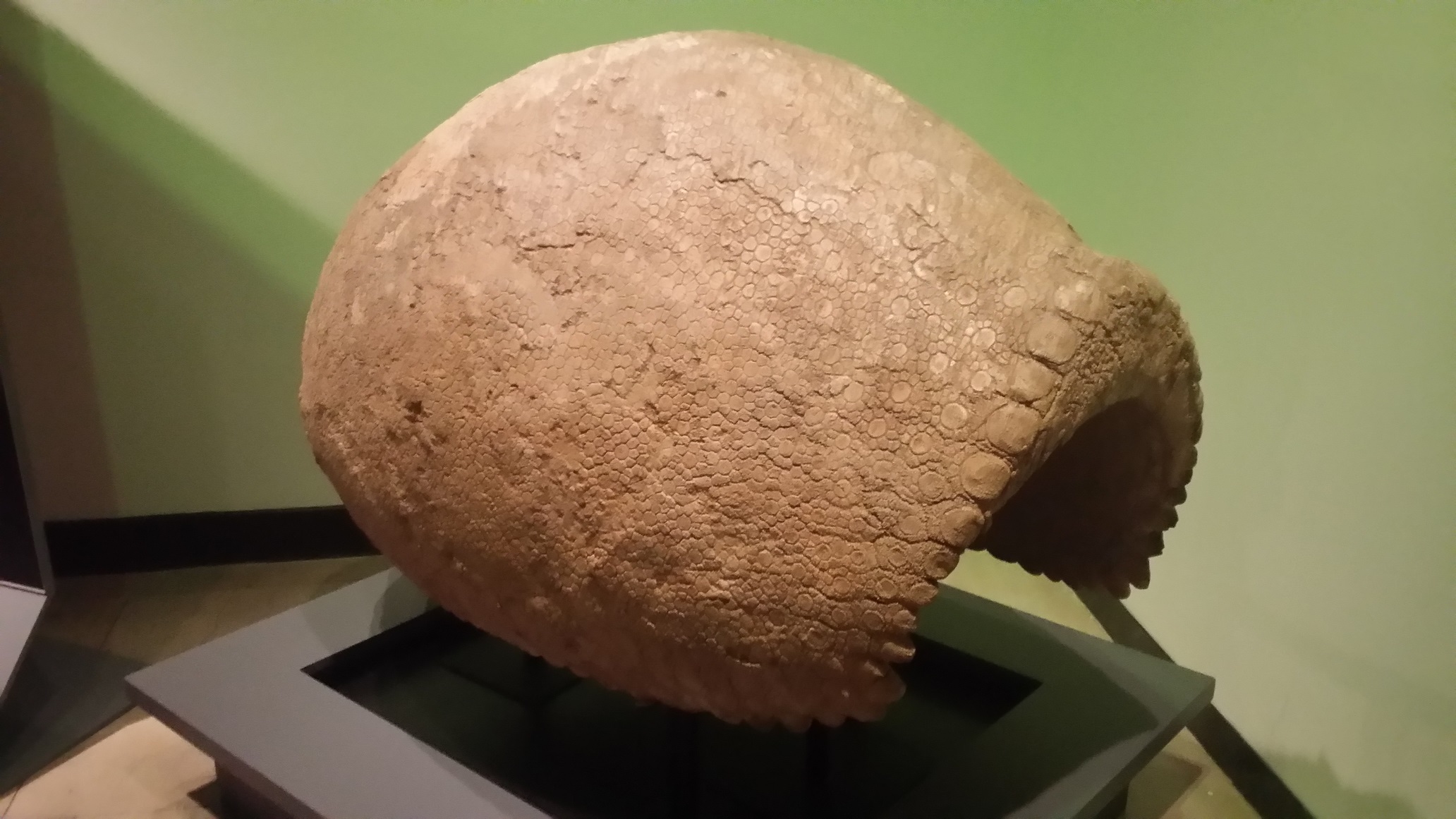
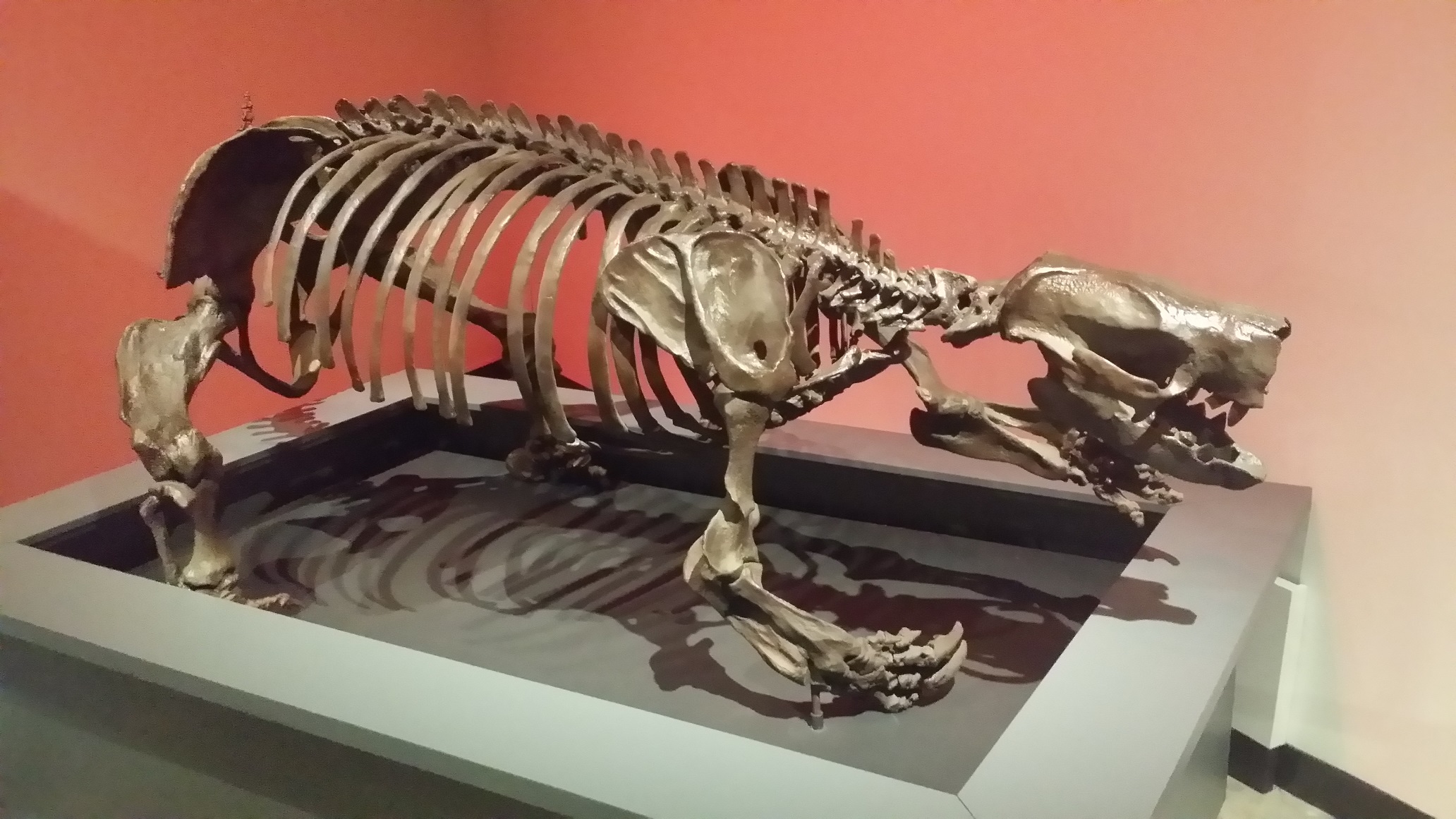
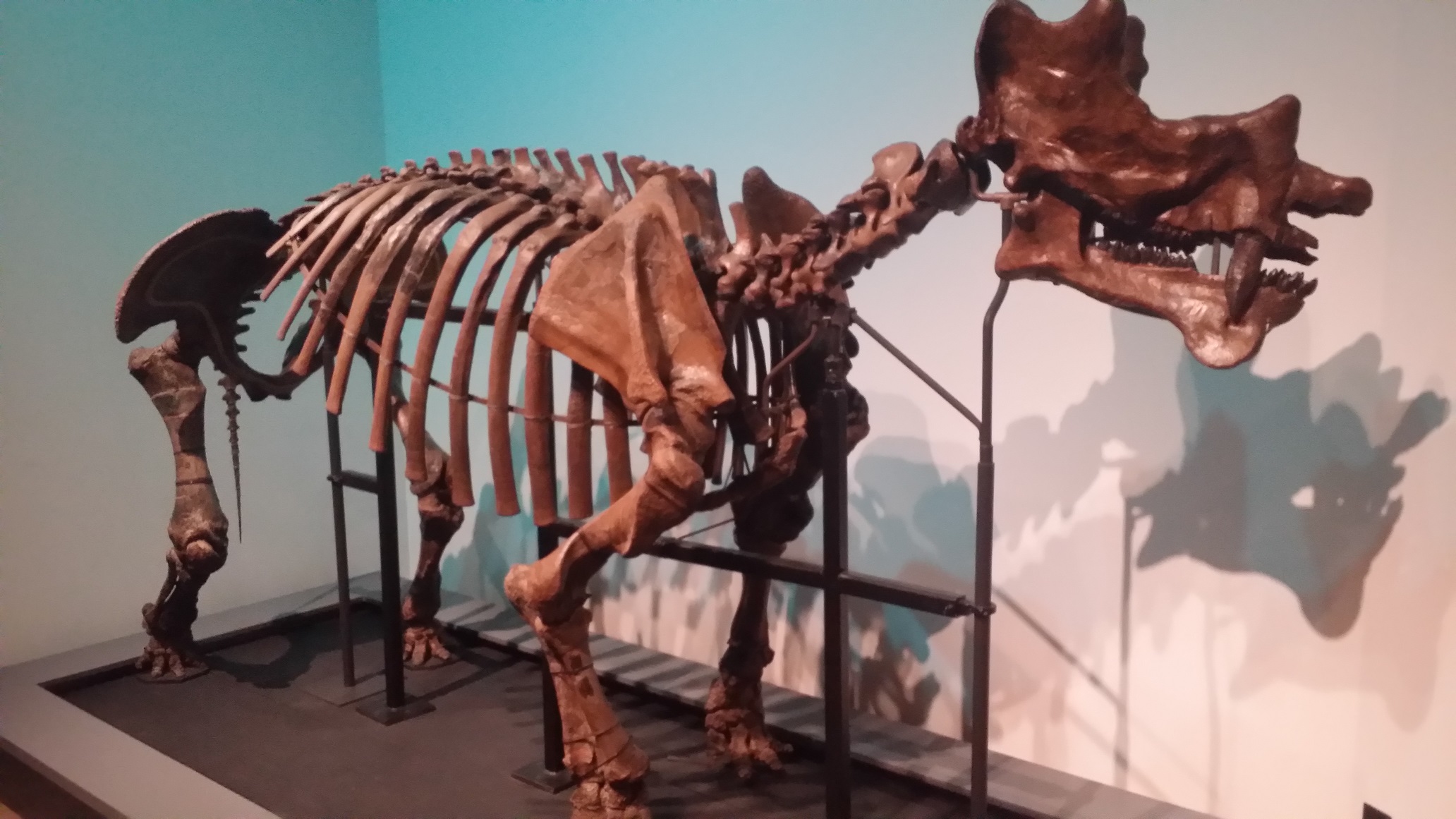
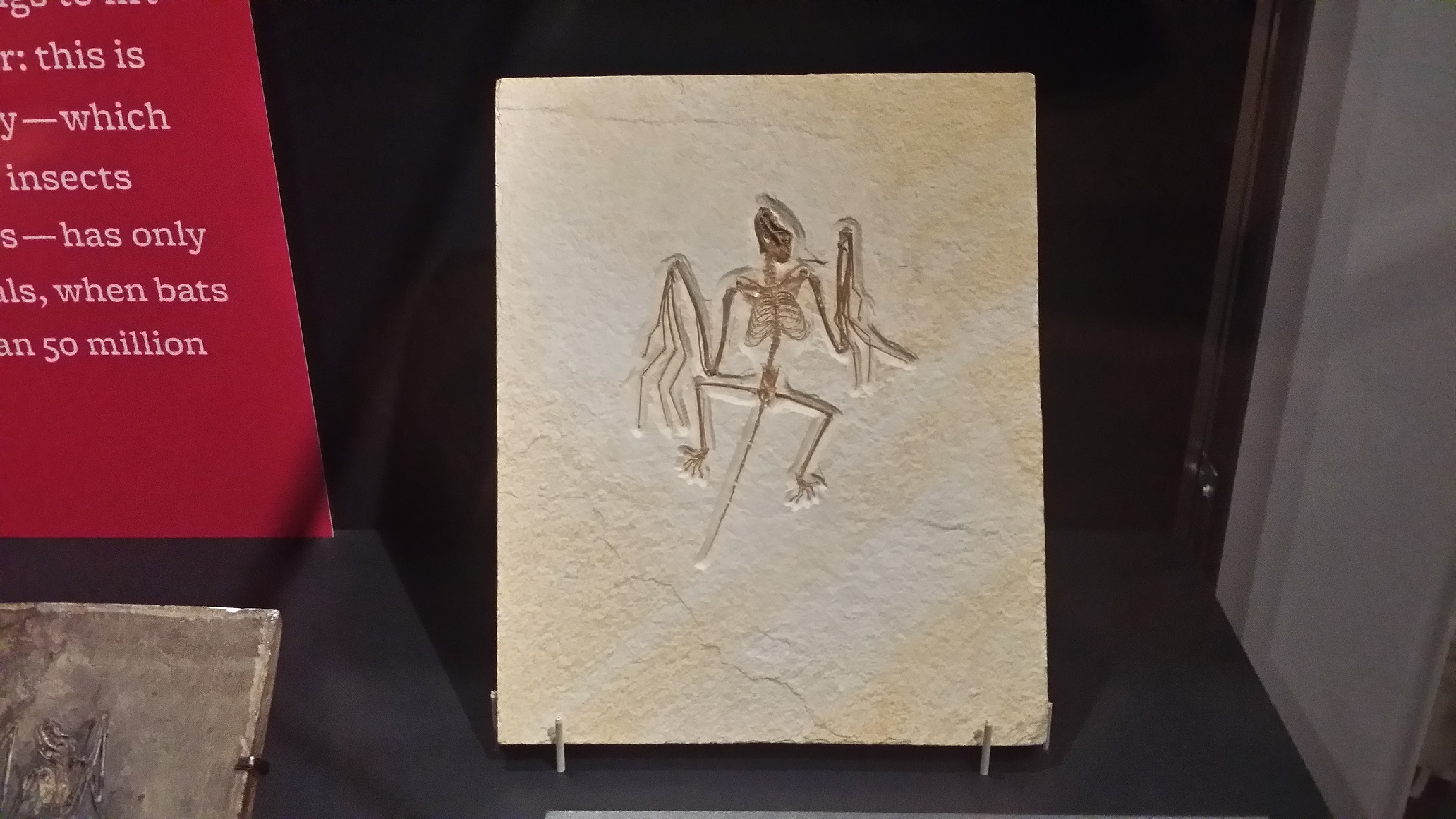
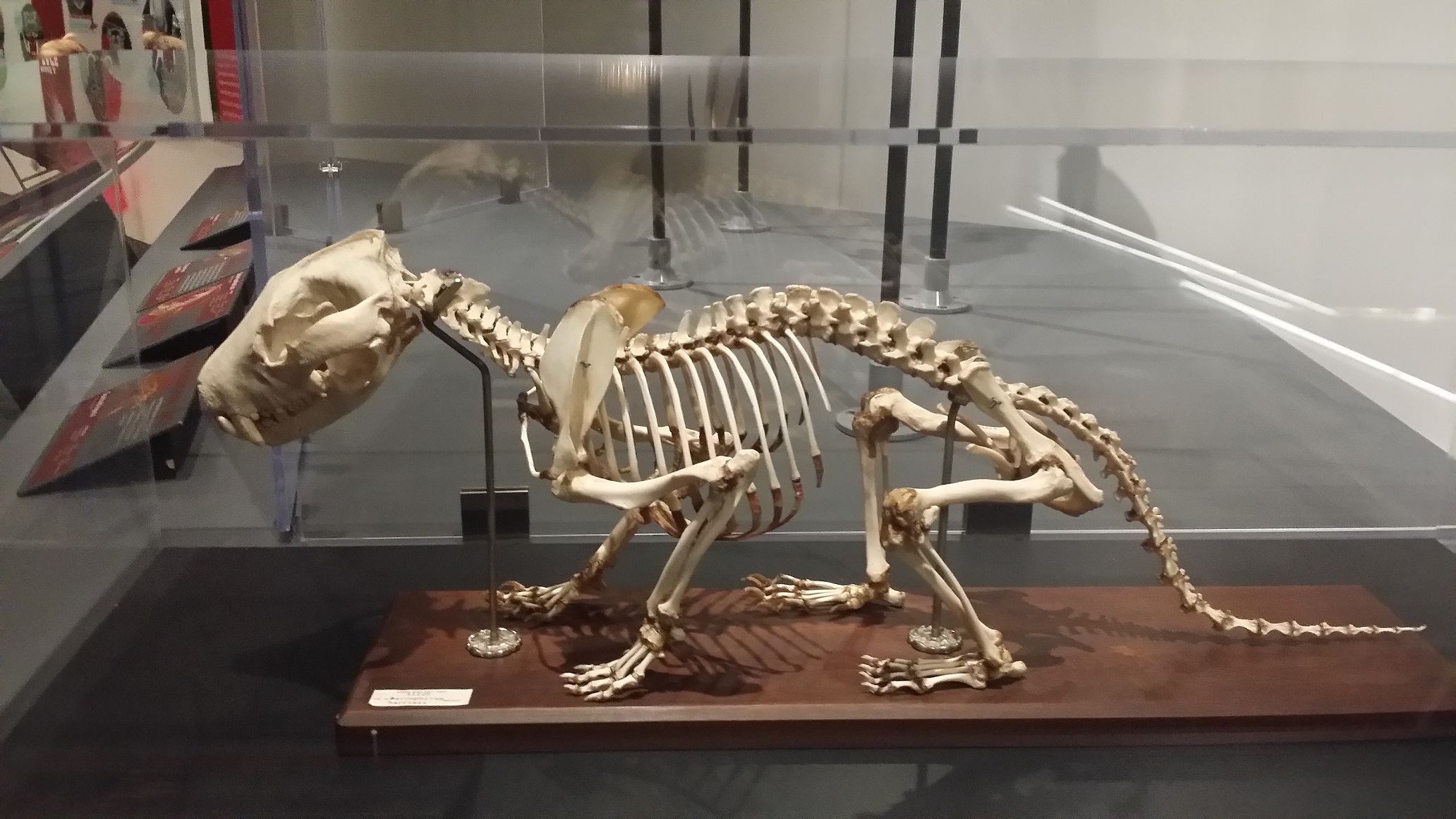
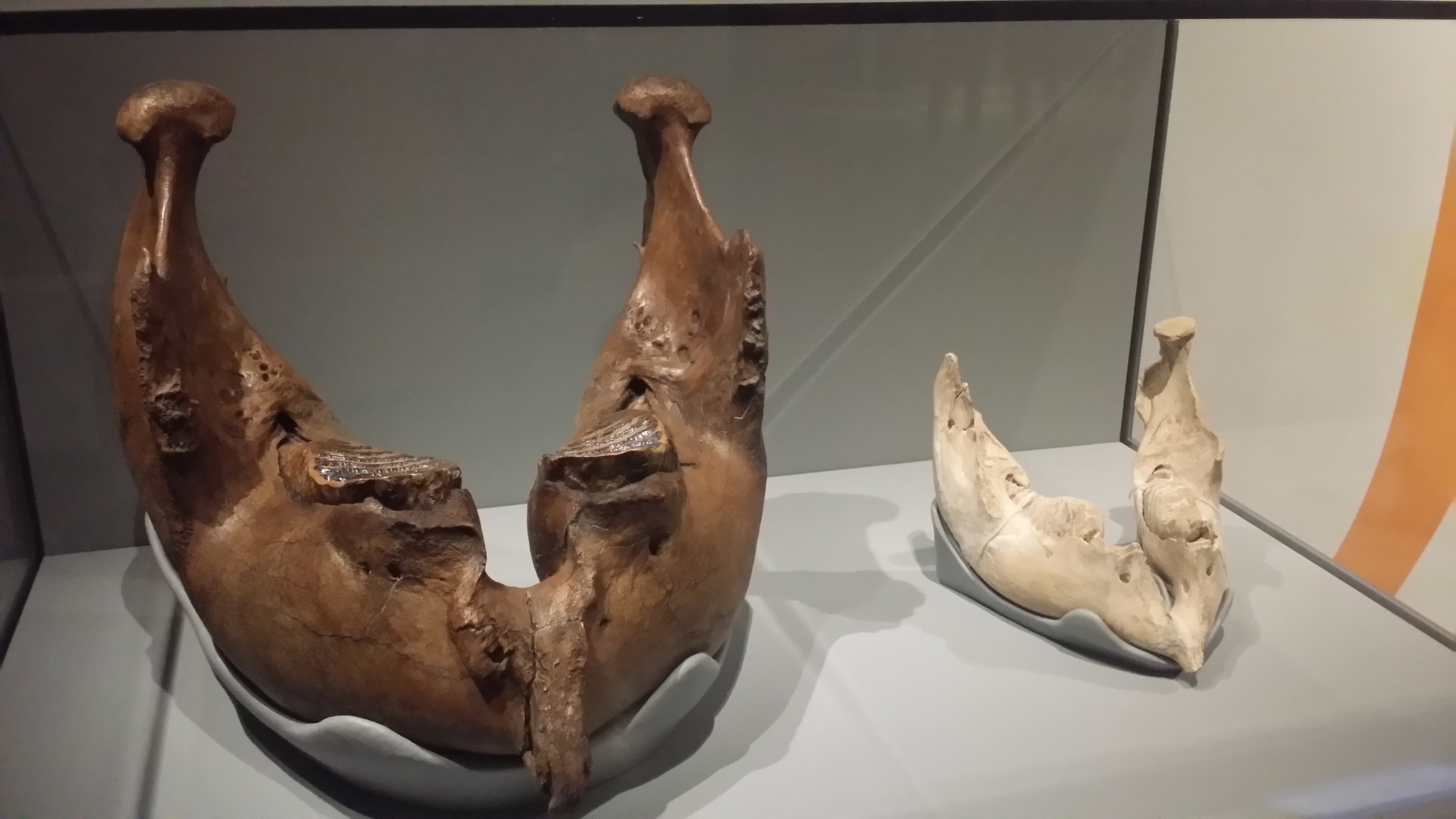
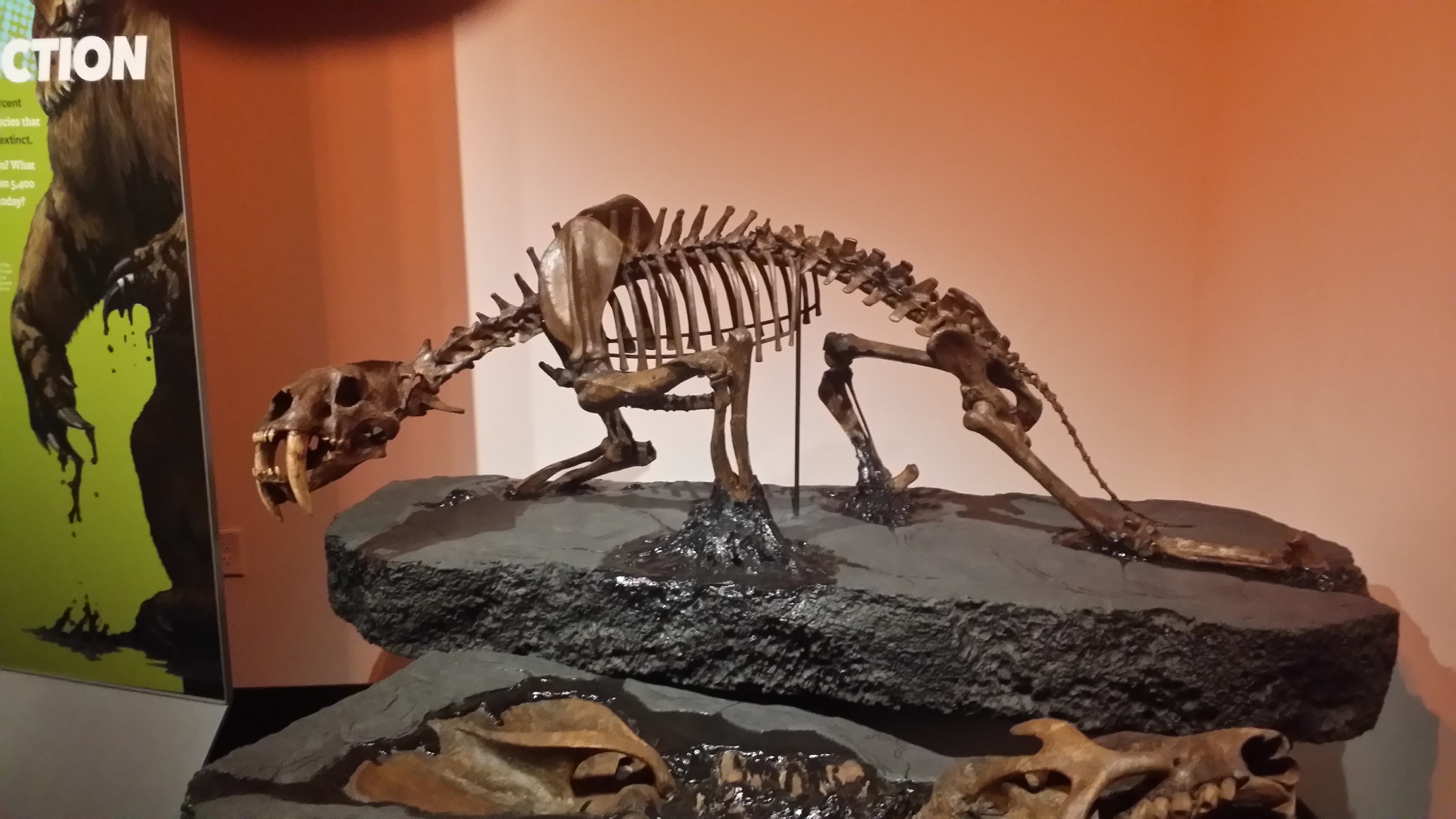
After the Natural History Museum and a very pleasant brunch with my aunt and uncle, I drove north and east to Big Pine in Owens Valley, where a friend of mine works in the radio-wave observatory. He's working on a cool project. Radio wave detectors can detect fainter signals and be more precise if they are cold, so he's building a housing that will allow the detectors to be cooled to somewhere between 10 and 20 Kelvin! These detectors will be used to study the Epoch of Re-Ionization. The time after the Big Bang is observable due to cosmic background radiation, but from the time the universe was about 380,000 years old until when it was a couple hundred years old were the Dark Ages, when the primordial plasma cooled down enough to form neutral hydrogen atoms, and there was basically no light source to illuminate them. Somewhere around when the universe was 200-300 million years old, condensation of groups of hydrogen atoms generated enough energy to cause the universe to revert to a state of re-ionized plasma, visible to radio-wave detectors that are really, really cold. The detectors will also study the Epoch of Galaxy Formation, which got going somewhere between 400-700 million years after the Big Bang. After a night of camping under the vivid stars in the Yolo Mountains, with hotdogs, marshamallows, and corn roasted over the campfire (and canns of beans heated alongside, I got to tour the observatory. The observatory is run by CalTech, so it wasn't an actual NASA control room, but I did get to be in the control room of a huge radio-wave collecting dish.
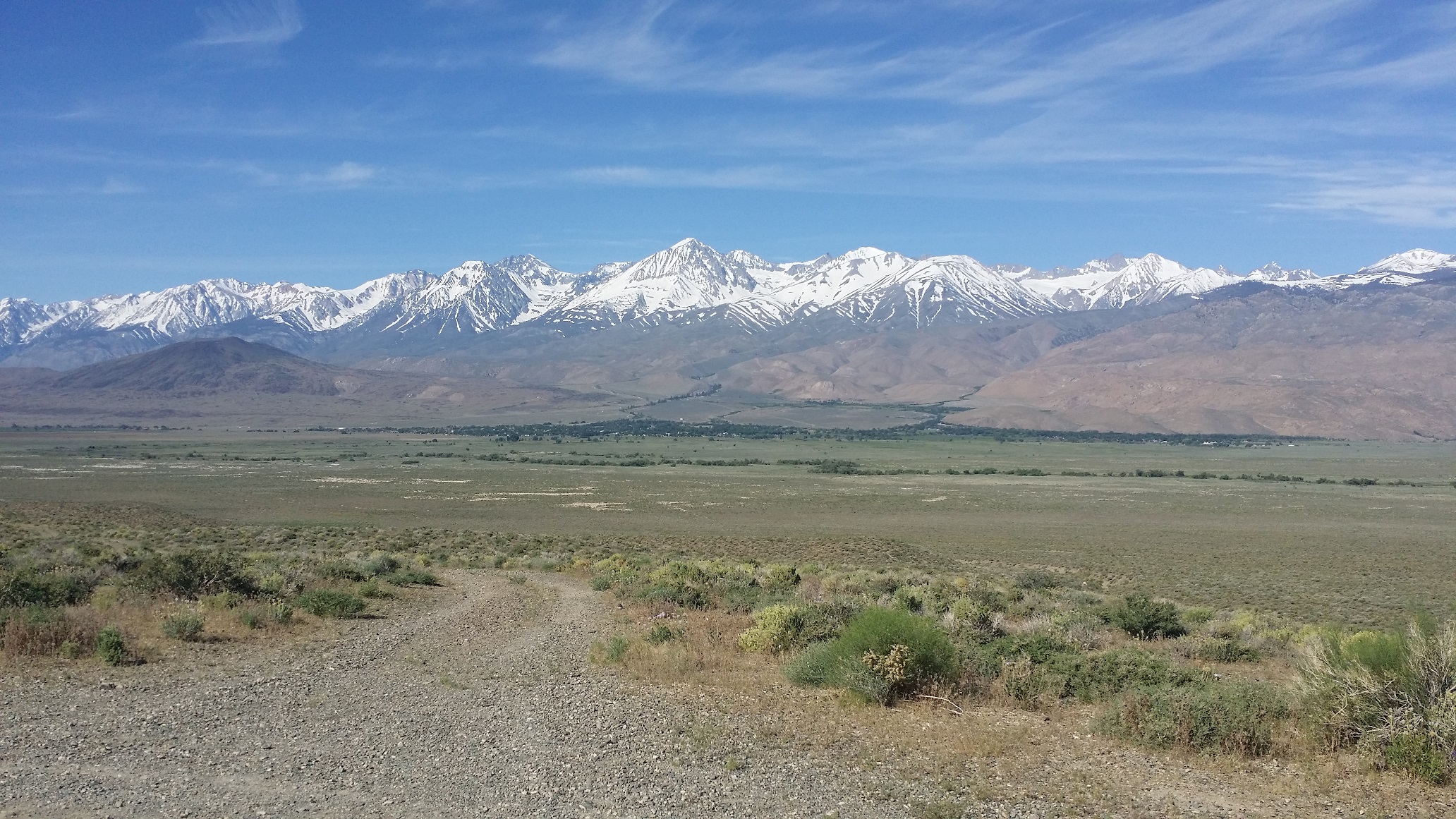
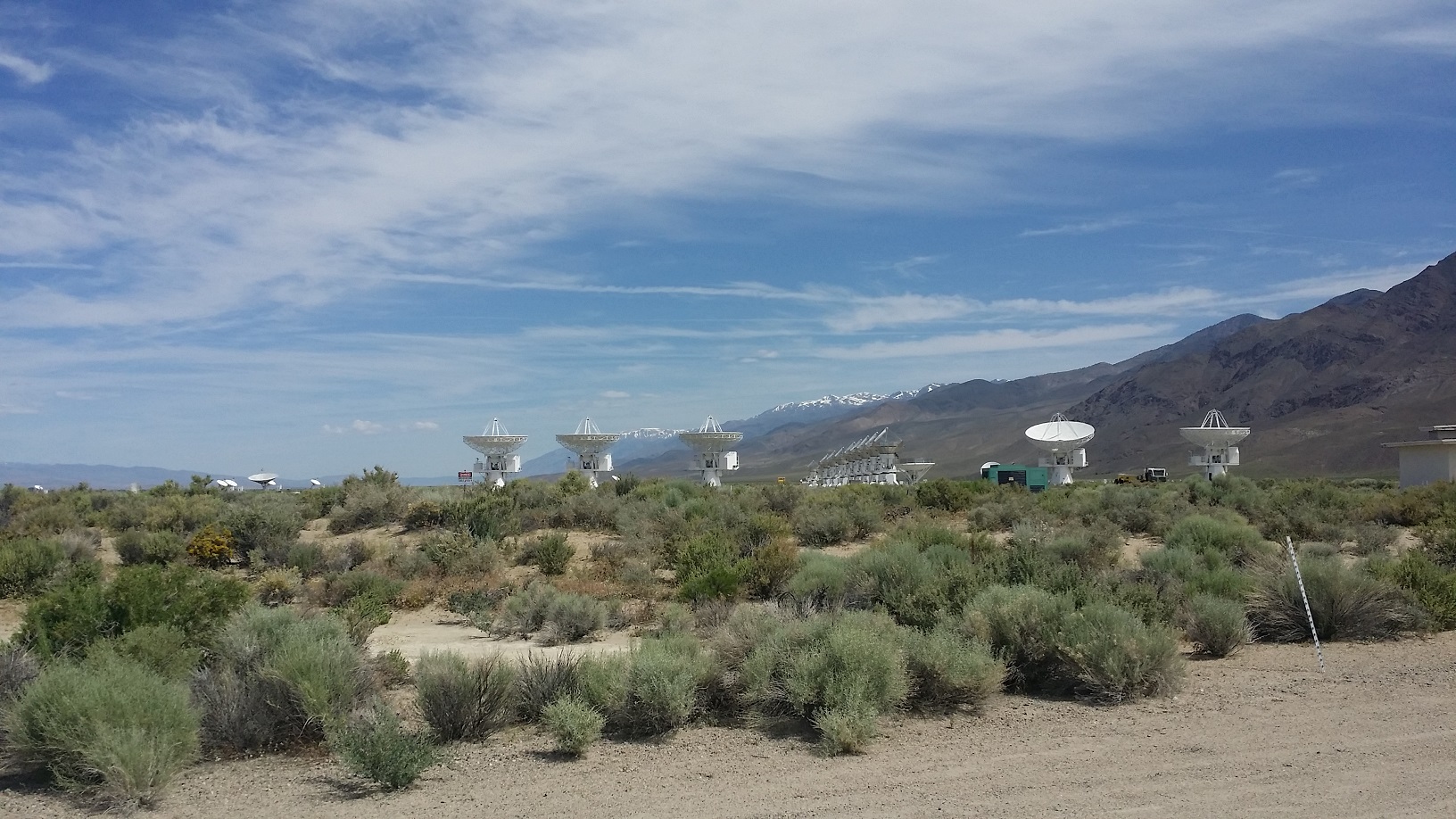
As fun as the weekend was, I needed to be at work the next day, so I drove north along the Sierra Mountains. I wasn't in any hurry, so if I saw an interesting dirt road I drove down it. The desert scenery was tremendous. The panaorama at the top of the page is from Sage Hen Summit (8,139 feet) in Mono County, CA. In the afternoon I stopped at Mono Lake, near the east entrance to Yosemite. It's about 2.5 times as salty as the ocean (but it tated much like ocen water to me), and it is home to billions of brine shrimp, which make a tasty feast for hordes of migrating birds. Sulfur-containing spring water bubbles up through the lake, and the precipitating sulfur forms eerily cool rock formations. I walked around in them at South Tufa, part of the Mono Lake Tufa State Natural Reserve. The only reason you can is that water diversion for Southern California led to a great lowering of the lake-level. Because of its ecological importance the diversions have been reduced and the lake is being restored to an earlier, higher level. I feel fortunate that I was able to see the rock formations up close. I plan to go back in October, when about a million and a half grebes will be staying there as part of their migration--apparently they are so thick it looks like you could walk across the lake on their backs. One other migrator of note is the Wilson's Phalarope. These fist-size birds stop at Mono Lake in mid-summer after breeding in the northern U.S. and southern Canada. After molting their feathers and doubling their weight eating brine shrimp they head to South America, travelling about 3,000 miles in an astonishing 3 days!
After more dirt-roading, I wound up at Lake Tahoe for a beautiful sunset. The whole trip was 1,400 miles in three days, but I felt like I had seen enough cool stuff to last a year. It took me about three days to recover, but what an amazing weekend!
